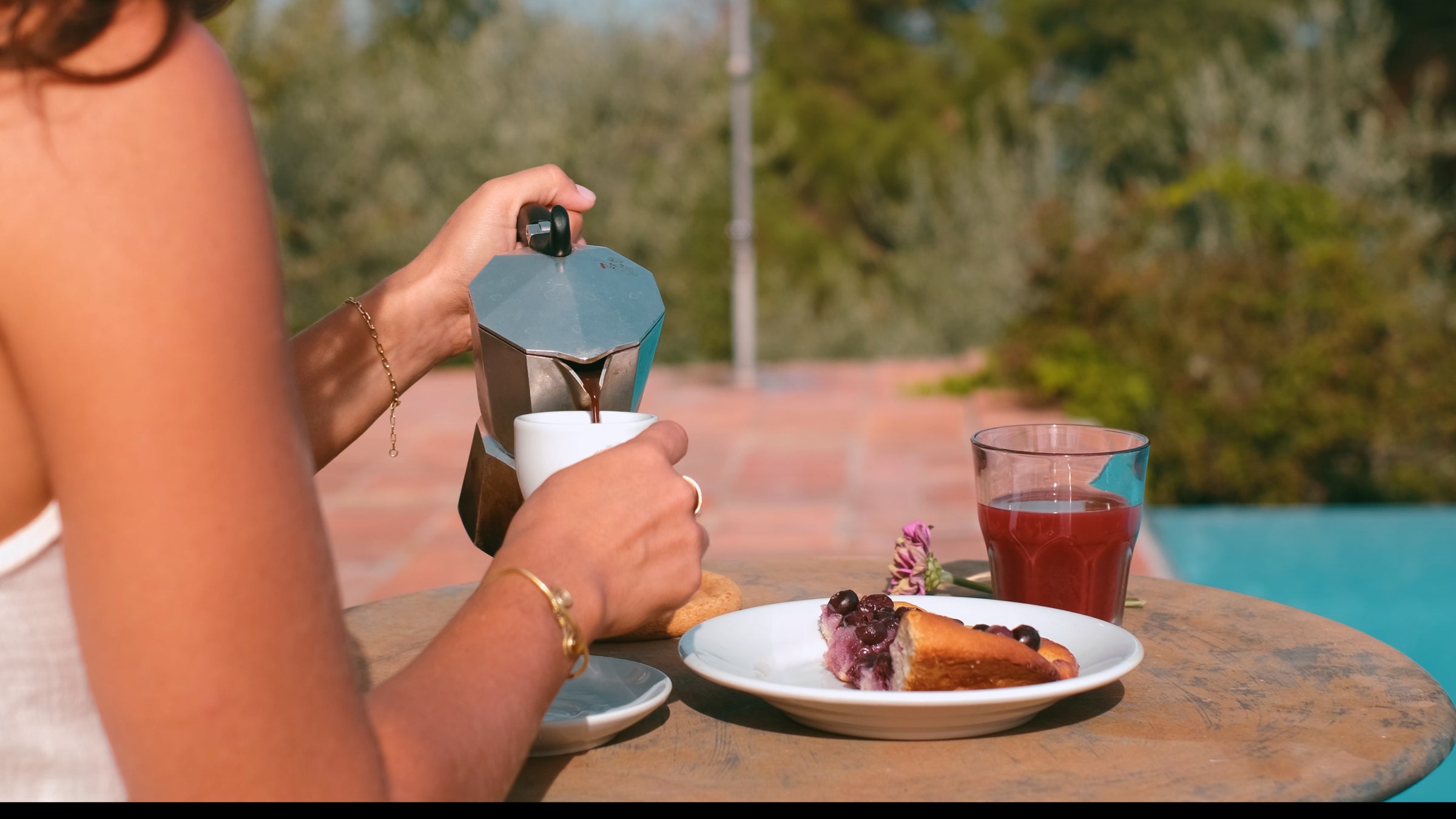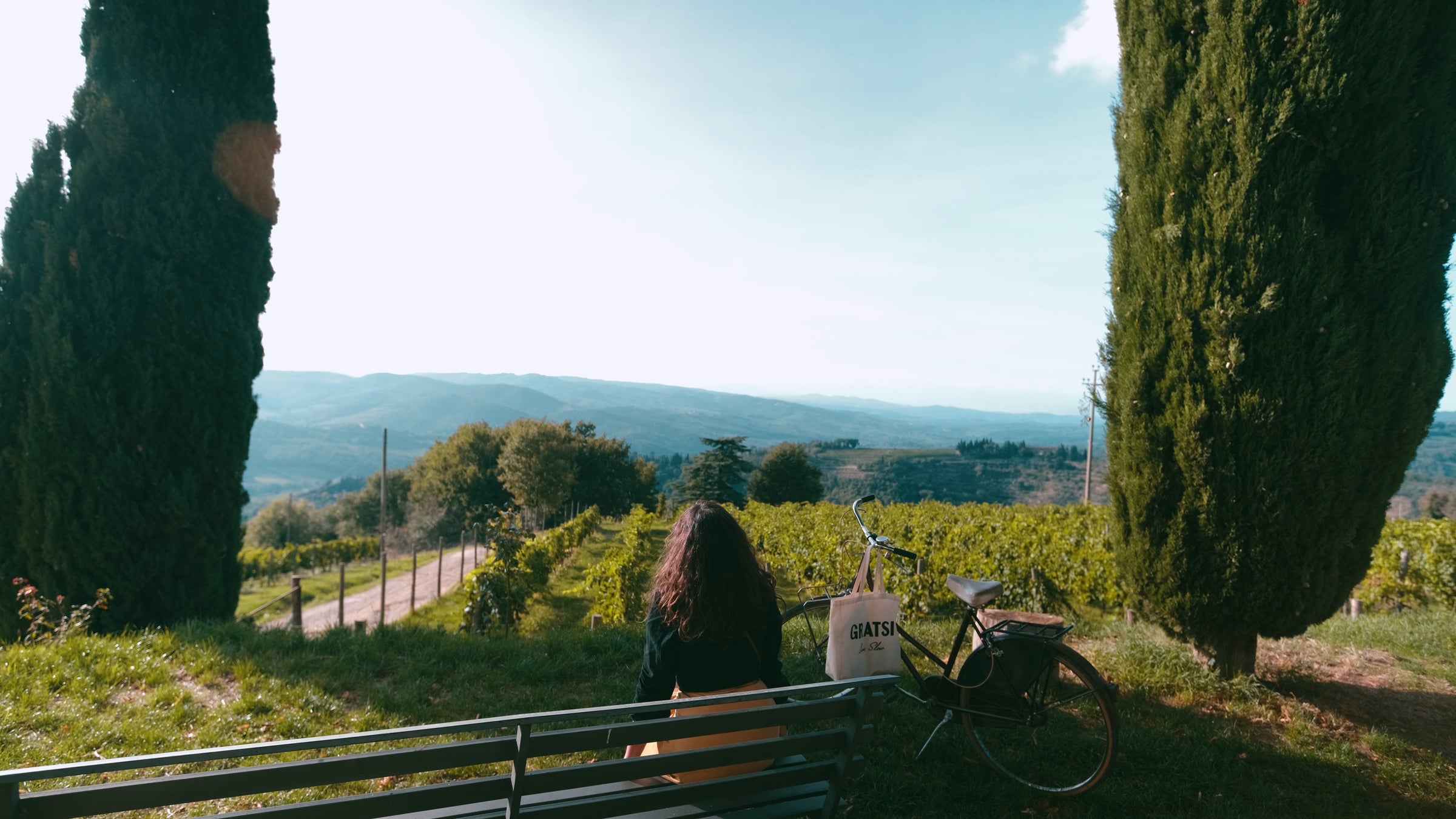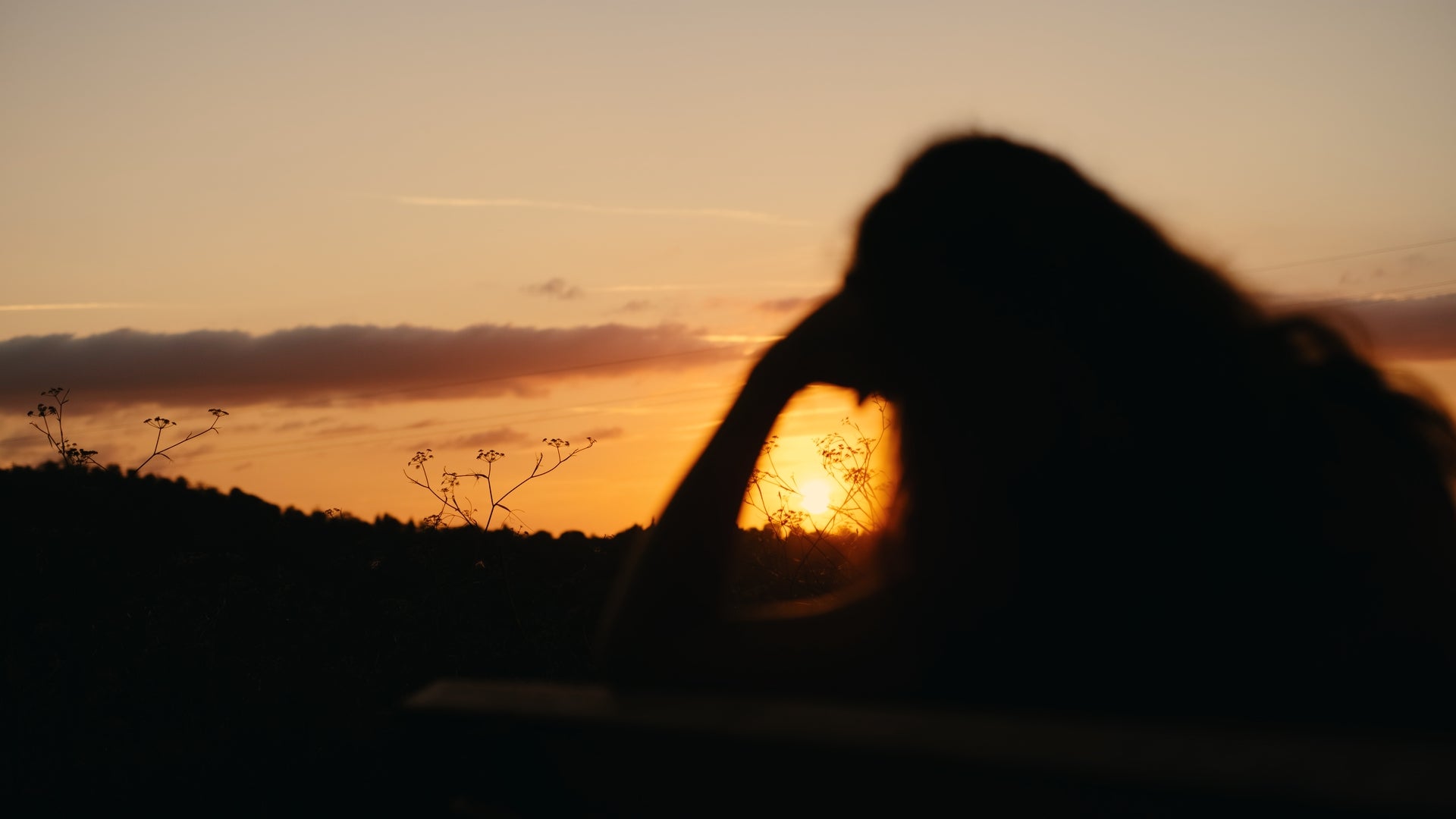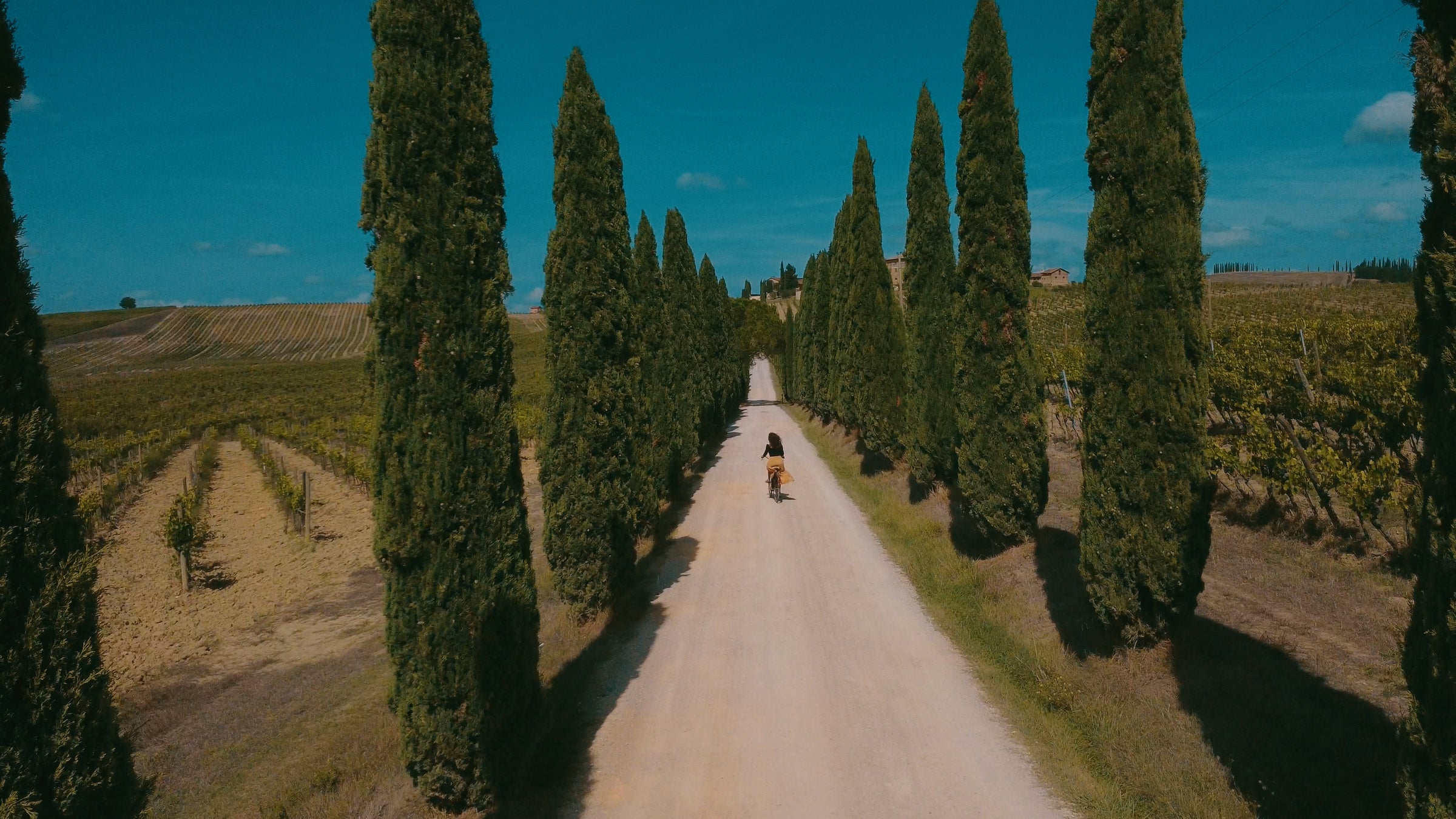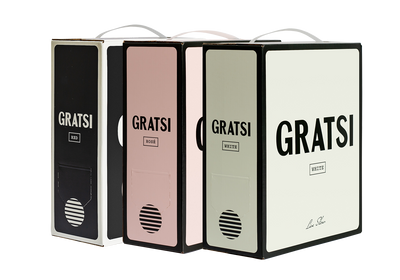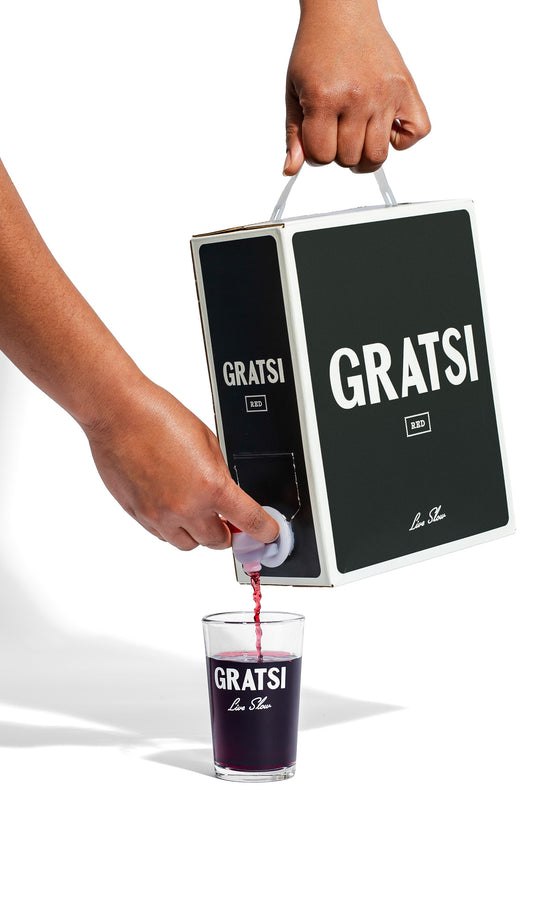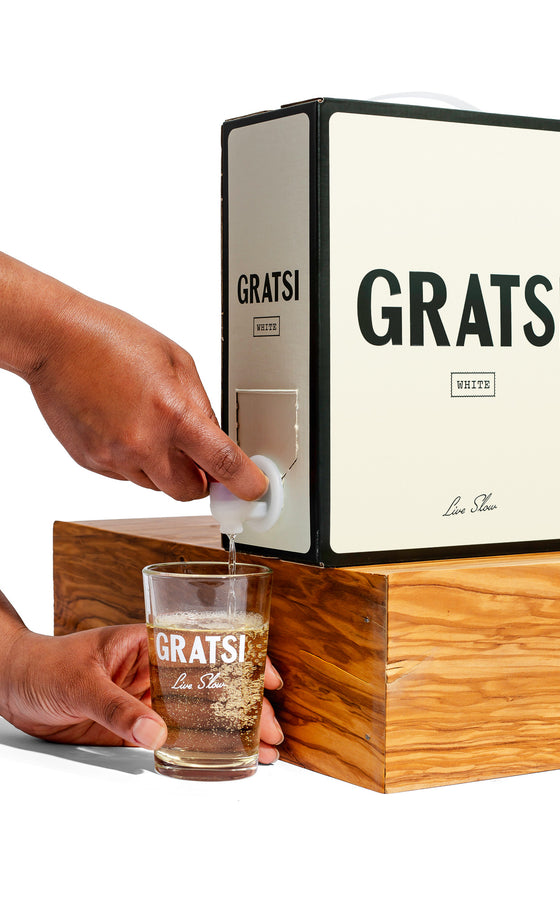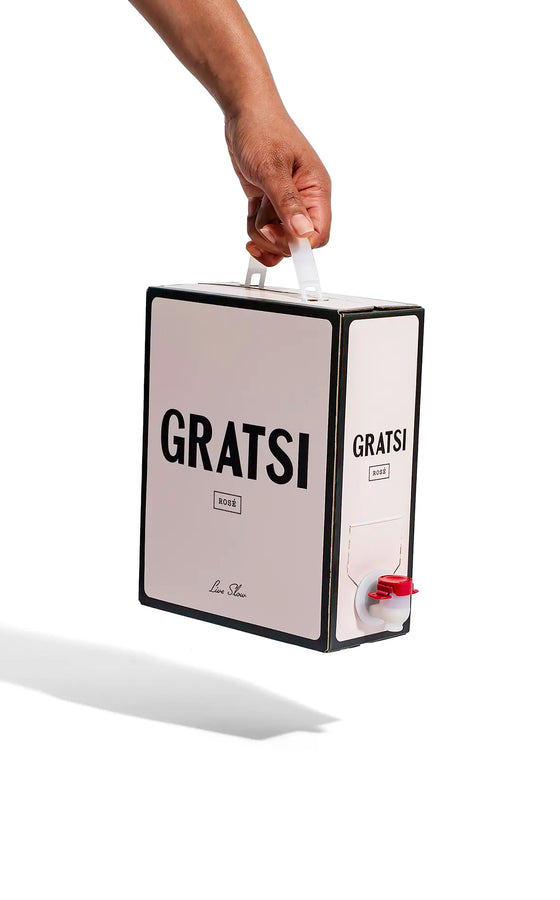A Week in Chianti
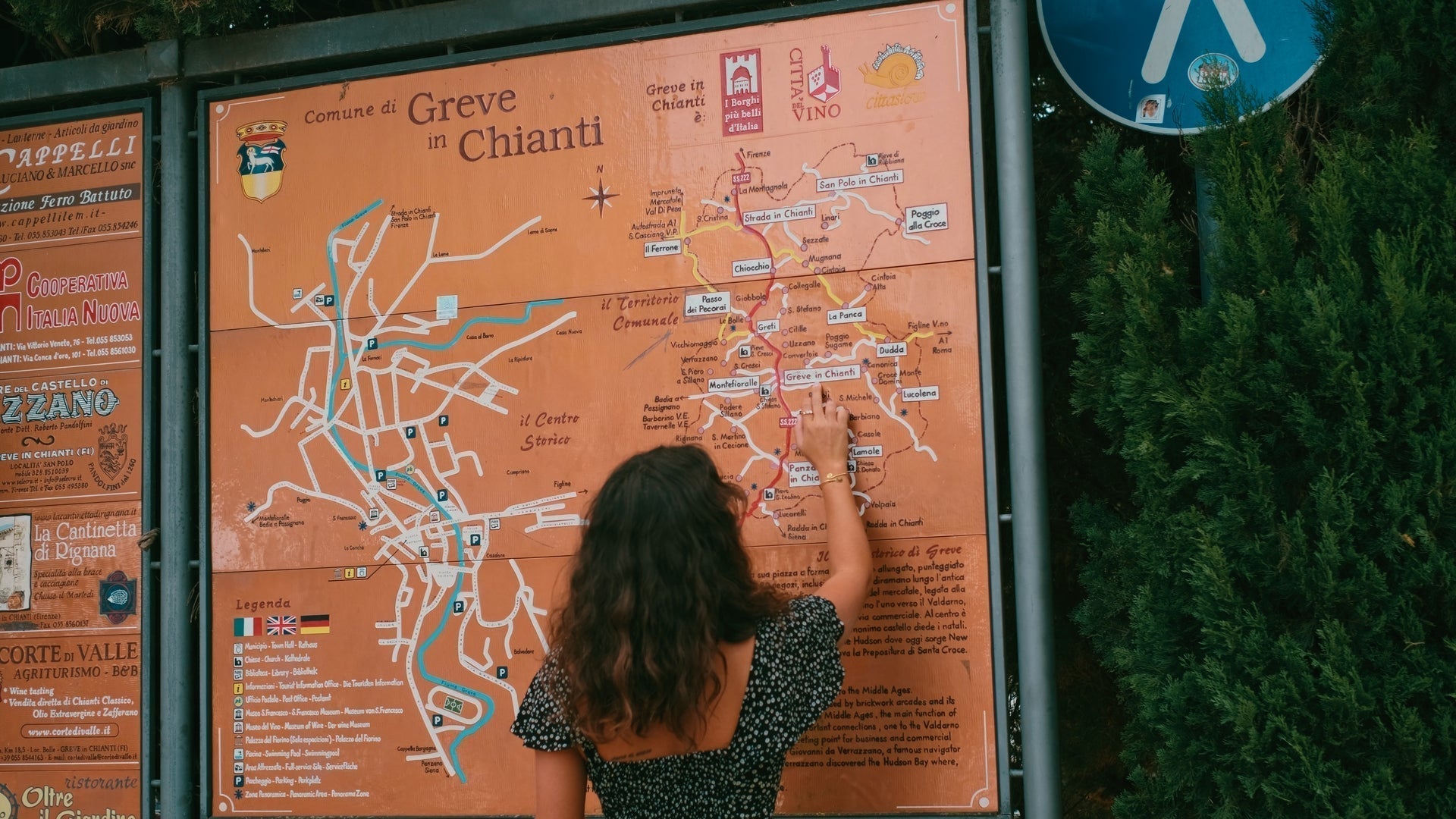
NONNA WISDOM
A Week in Chianti
By Gianina Rose
October 15, 2025
Our week in Chianti unfolded slowly, from Lamole to Panzano, each stop adding its own story. You can follow the route here: A Week in Chianti – Route Map
A travel diary made of real stops, useful pauses, and little routines worth copying.
What is there to do in Chianti, besides drinking wine?
That question led me to spend a week between Lamole, Greve, and the nearby villages, determined to find out.
The result is a six-day itinerary: honest, real, filled with beautiful moments and others I might not repeat. It’s meant for those who love discovering authentic places, even when the sky turns grey or when the urge to explore gives way to the need to slow down. This is not a glossy guide. It’s a lived story, made of encounters, dinners repeated in the same place, markets, artisans, and small habits that quietly become rituals.
I chose Lamole as my base, a tiny village twenty minutes from Greve in Chianti and less than an hour from Florence. I stayed at Verena’s farmhouse, a designer who turned her home into a light-filled refuge surrounded by wood, silence, and the scent of the hills. I like places with a soul, and here, I found one.
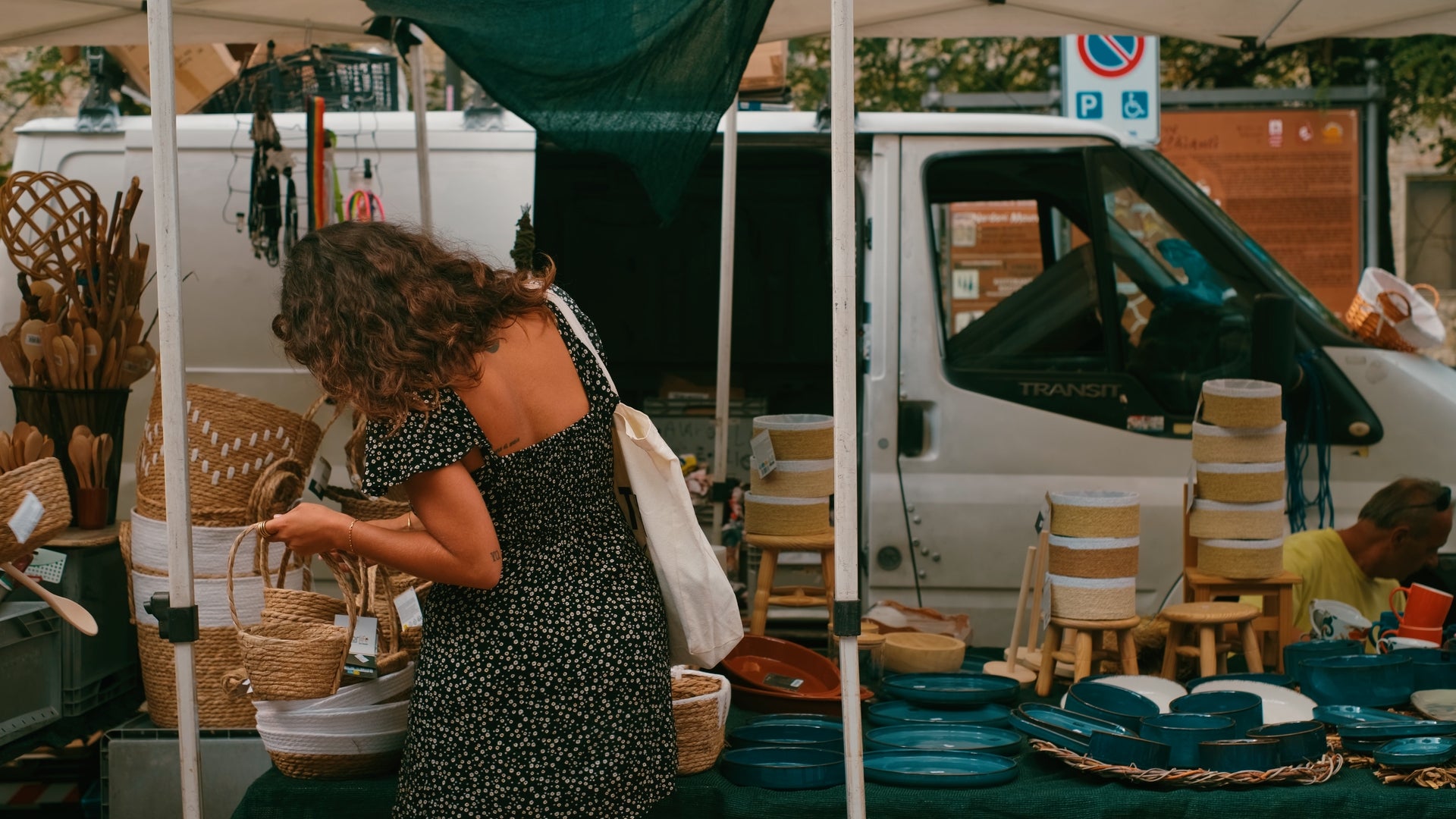
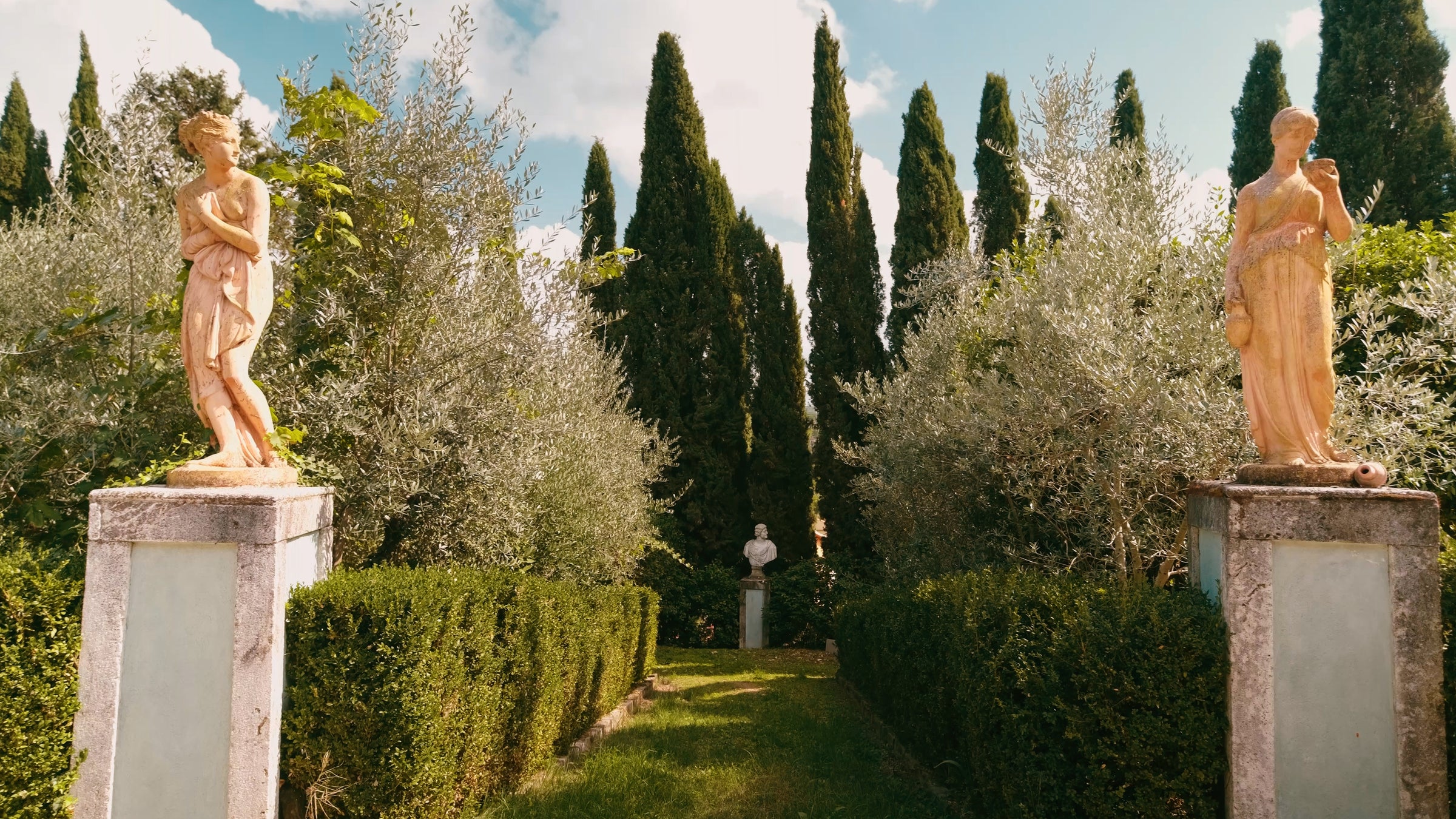
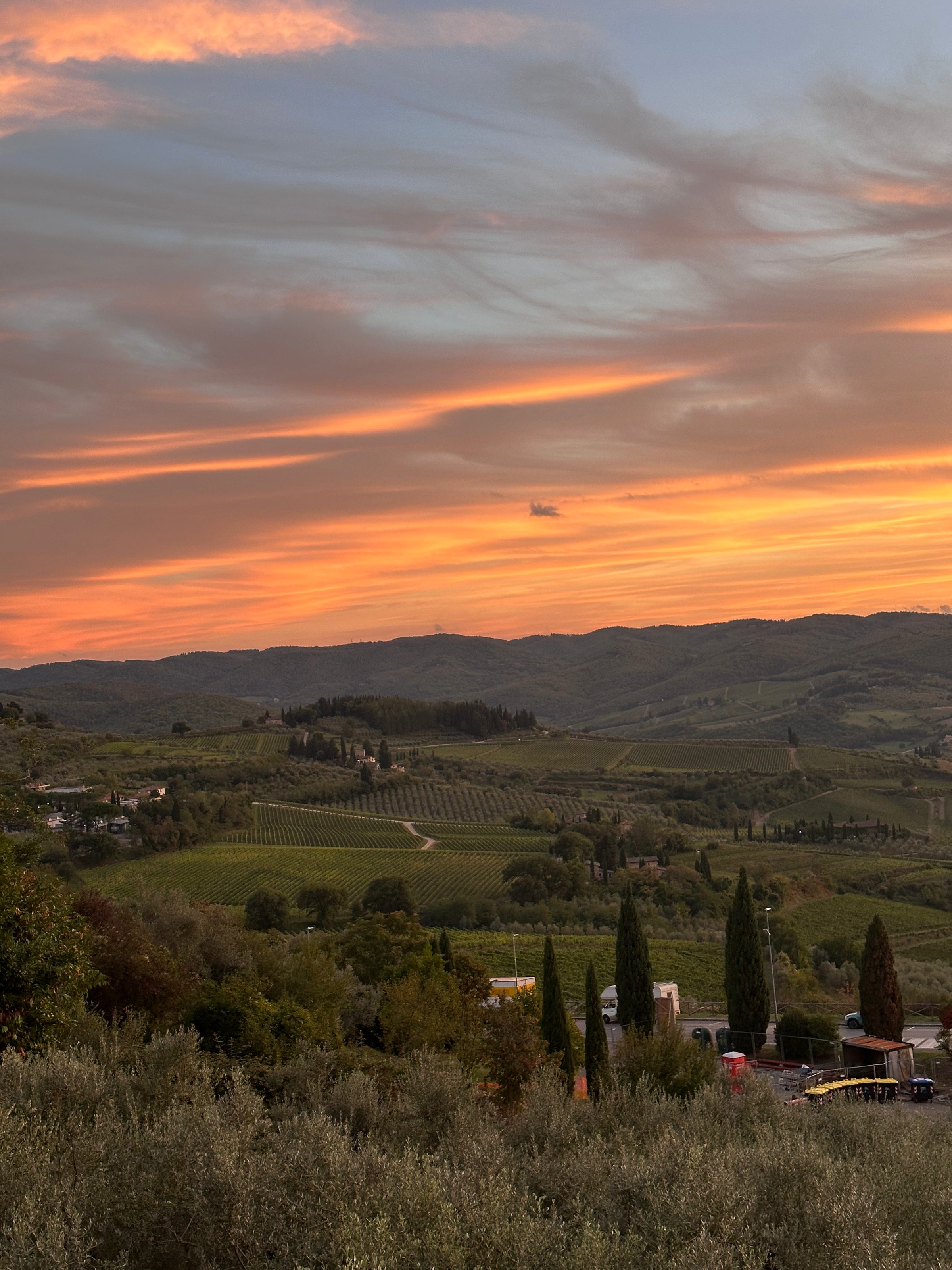
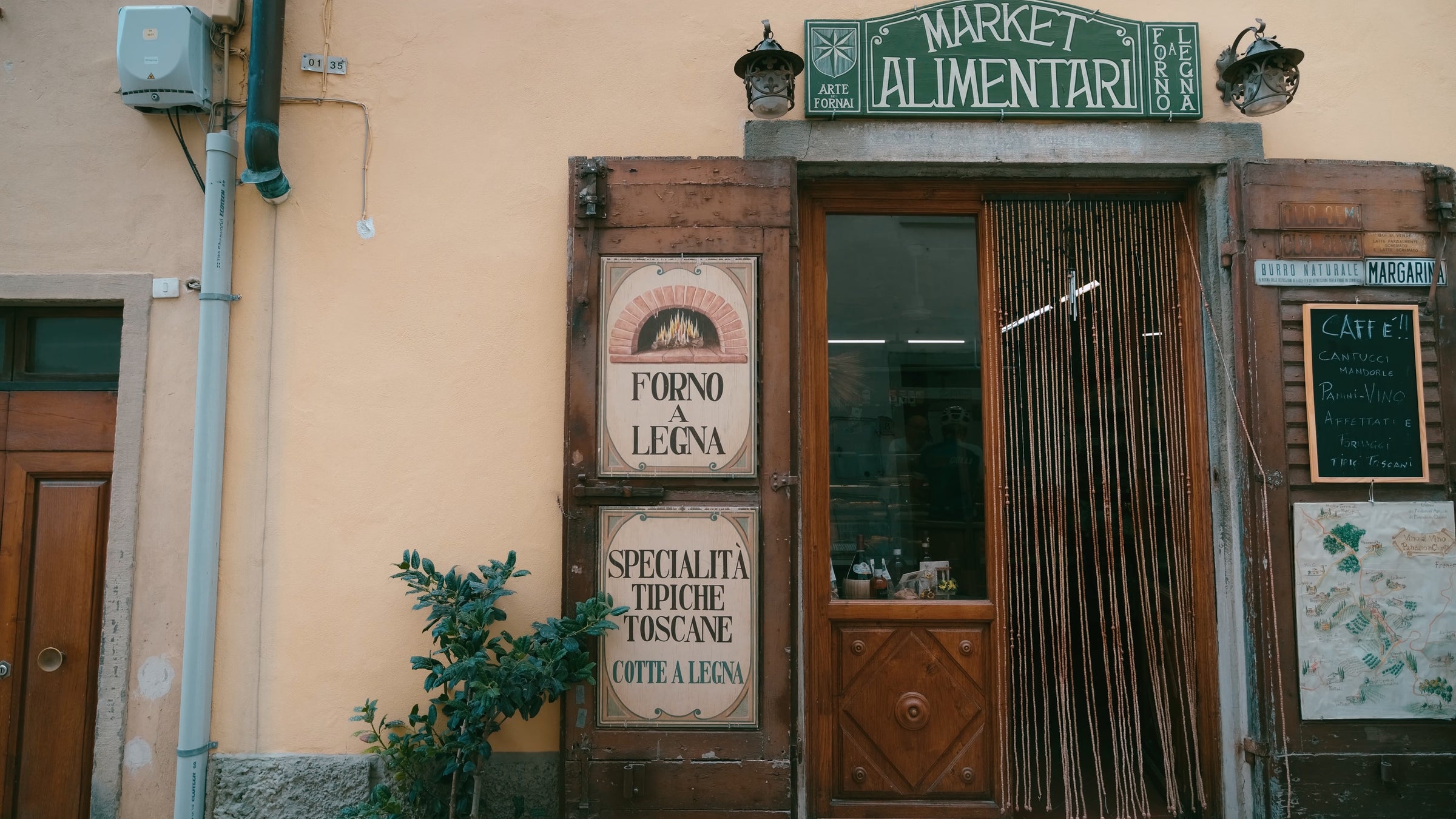
Day 1 – Volpaia, Radda and the Black Rooster
The first day was to find my bearings and understand why people speak of this part of Tuscany with a dreamy tone. I drove through winding roads and rows of vines until I reached Volpaia, a perfectly preserved medieval village that seemed frozen in time. Honey-colored stone houses, the smell of must in the air, and the quiet broken only by footsteps. It took very little to realize that this week would be slow and beautiful.
In the afternoon I drove to Radda in Chianti and stopped at “Decori nel Tempo”, a ceramic workshop spread through several connecting rooms, each one filled with unique creations: plates, sculptures, and small glazed wonders. It’s a place where you can feel the patience and precision of those who work with their hands.
Walking through the streets of the village, I kept seeing the image of the black rooster. It appeared everywhere: on signs, in piazzas, even in the landscapes themselves. Only a few days later, Laura, the Nonna I would soon meet, told me its legend and explained why that symbol is so deeply tied to Chianti’s identity. That evening I returned to Lamole and discovered what would become my daily ritual: dinner at Ristoro di Lamole. It’s the only restaurant in the village, but one of those rare places that stay with you. The dining room opens onto a terrace that overlooks the vineyards, and at sunset the view turns into a painting.
The menu changes with the seasons, and every dish tells a story of the land. During the week I tried nearly everything. If it’s still there when you go, don’t miss the porcini and “truffle-filled pacchero”, the sliced steak with mushrooms, the “pappardelle al cinghiale”, and their “tiramisù”, as simple and genuine as the place itself. One evening, between conversations and glasses of wine, I met Filippo and Boris, two faces I came to associate with my nightly returns. It was Boris who suggested a stop I would visit later, telling me that he was also a sculptor. That meeting opened an unexpected chapter in my journey.
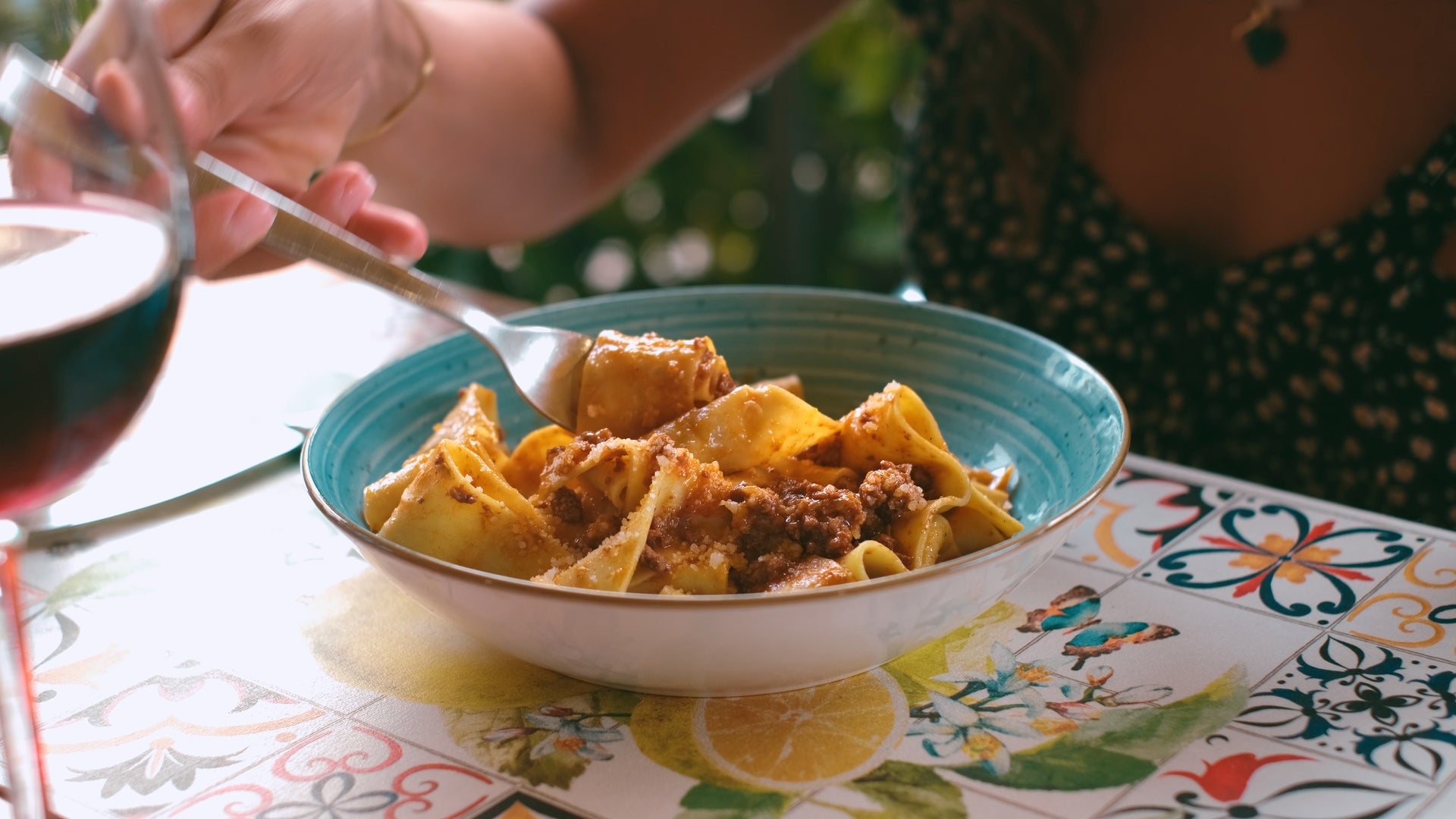
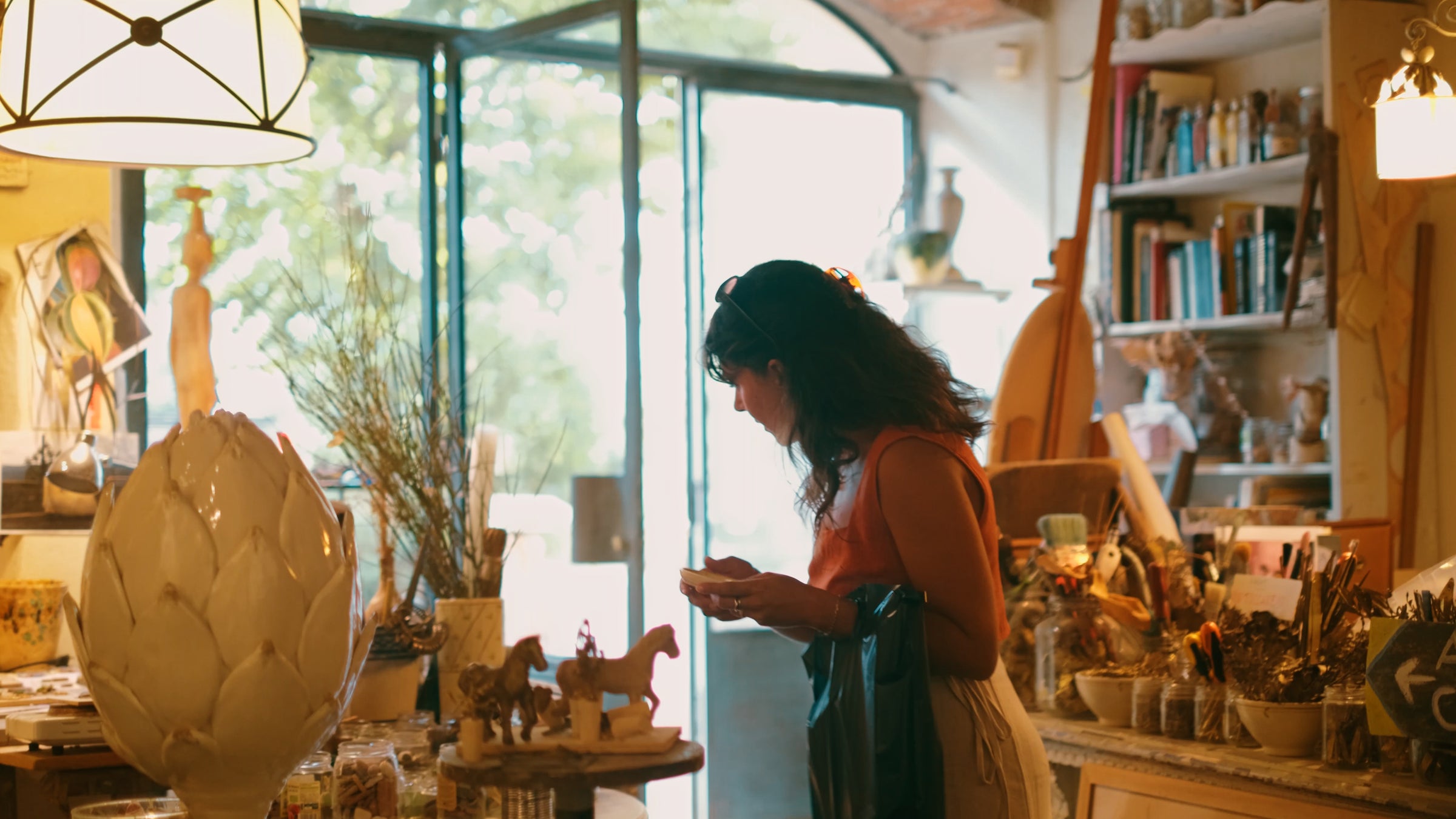
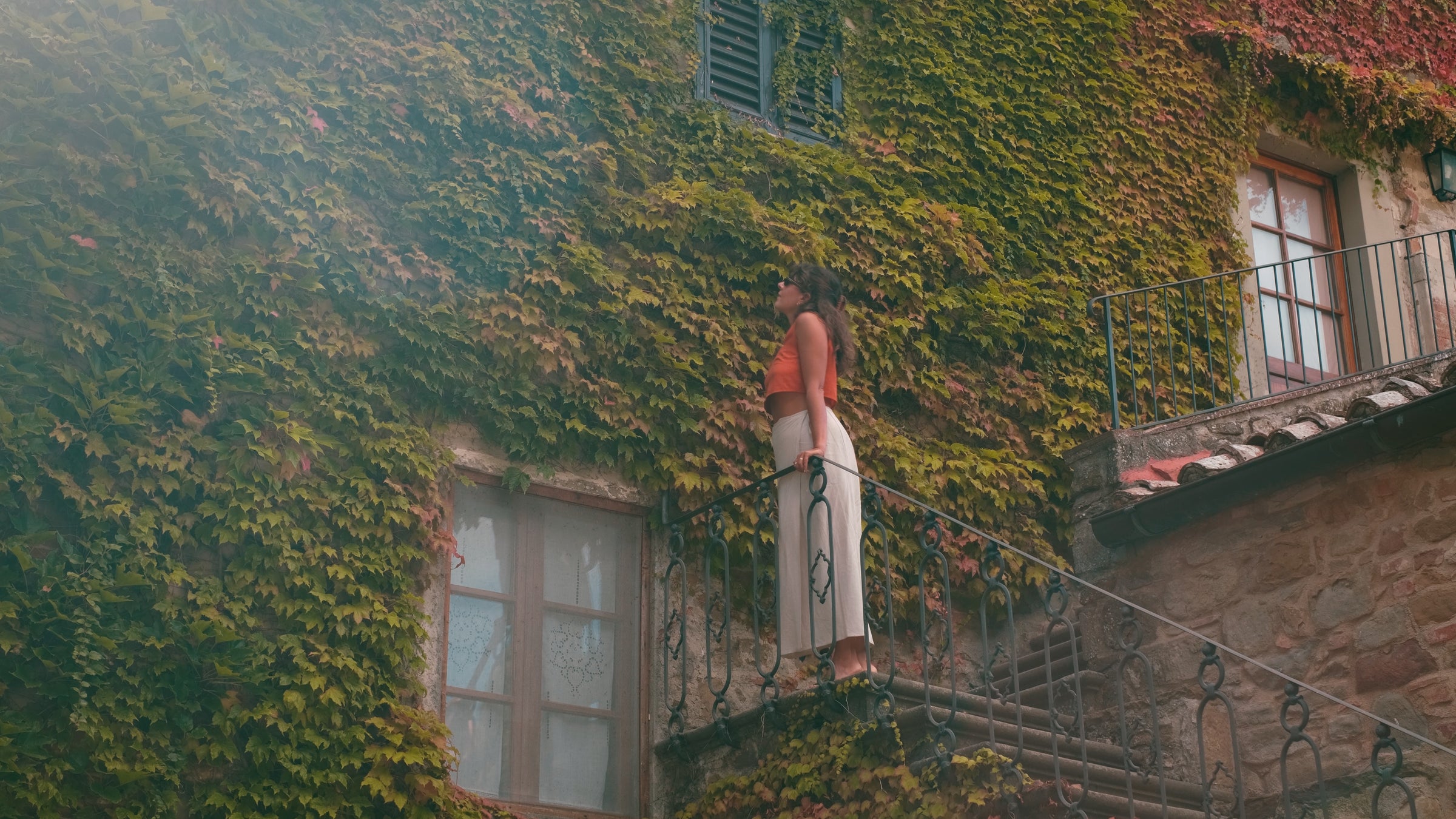
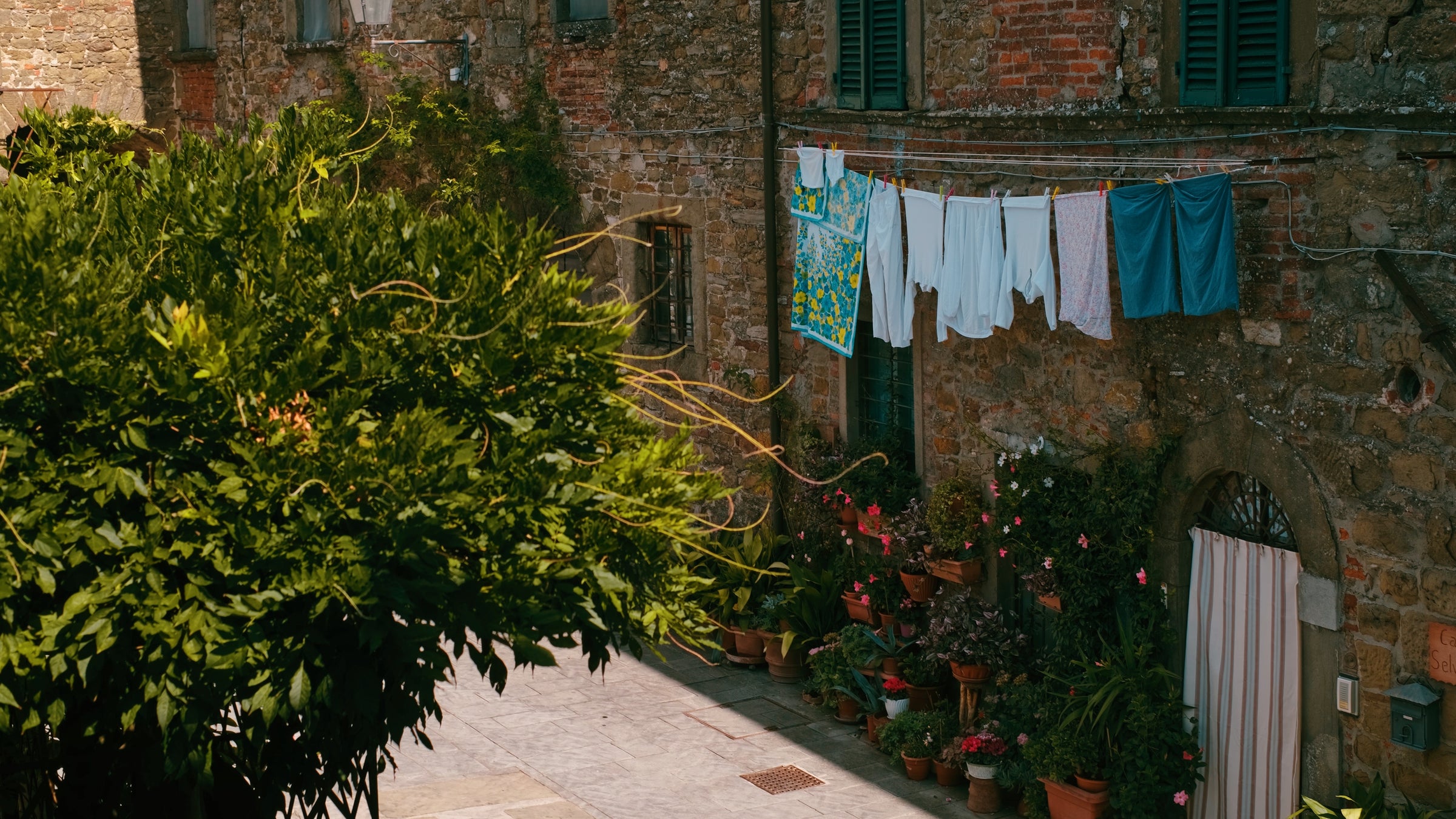
Day 2 – Greve, Montefioralle and an Afternoon of Stillness
I spent the morning in Greve in Chianti, where every Saturday the main square fills with stalls, smells, and conversation. Markets in small towns are like x-rays: they reveal who lives there, what they eat, and how they move. Nothing describes a place better than its market. Here I found elderly men inspecting tomatoes with the calm of those who have time, women carefully choosing flowers, and children running between fruit crates. These are the moments when Chianti shows its truest side: less postcard, more human.
In front of Osteria Mangiando Mangiando, which faces the piazza, a small stand was serving “lampredotto”, Florence’s most traditional street food. As the scent of broth mixed with warm bread, I stopped to watch. The tripe simmered slowly, cut by hand and dressed with bold sauces. I didn’t taste it, but I asked about every detail, a lesson in food culture more than in cooking. Then I sat at one of the osteria’s outdoor tables for lunch. I ordered “pappardelle al ragù di cinghiale”, eaten under the sun with a view of the square. A simple dish, but perfect.
After lunch, I walked up to Montefioralle, a small medieval hamlet just above Greve. It’s a lovely place for a short stroll. Ten minutes are enough to wander its stone alleys and admire the view. A small jewel, not so different from other Chianti villages, worth seeing if you’re nearby, but not a place to drive hours for.
When the sky began to cloud over in the afternoon, I knew it was time to stop chasing new things. I went back to Lamole, to Verena’s farmhouse, and allowed myself the luxury of “doing nothing”, “il dolce far niente”, as Italians say, that sweet art of being still and present without the need to accomplish anything. I sat by the pool under a grey sky, that soft light turning everything gently nostalgic. I ate grapes bought at the morning market, read a few pages, and filled my notebook with scattered thoughts, maybe useless, but necessary. That’s part of what travel is for: to remind you that not every hour must be filled. Stillness is part of the experience too.And Chianti, with its quiet hills and air scented with must, seemed to whisper that truth. With clouds overhead, every village shared the same color anyway.
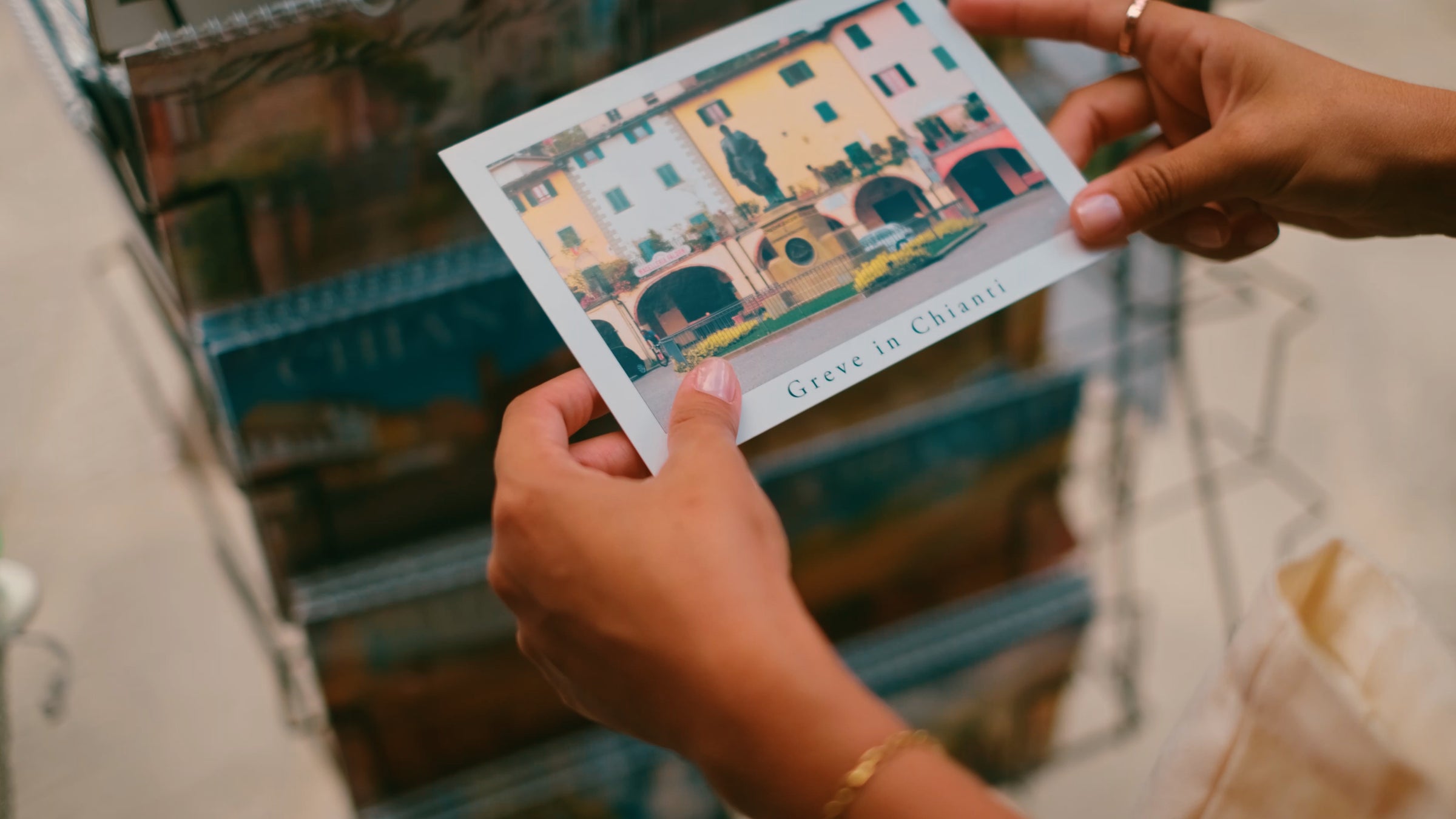
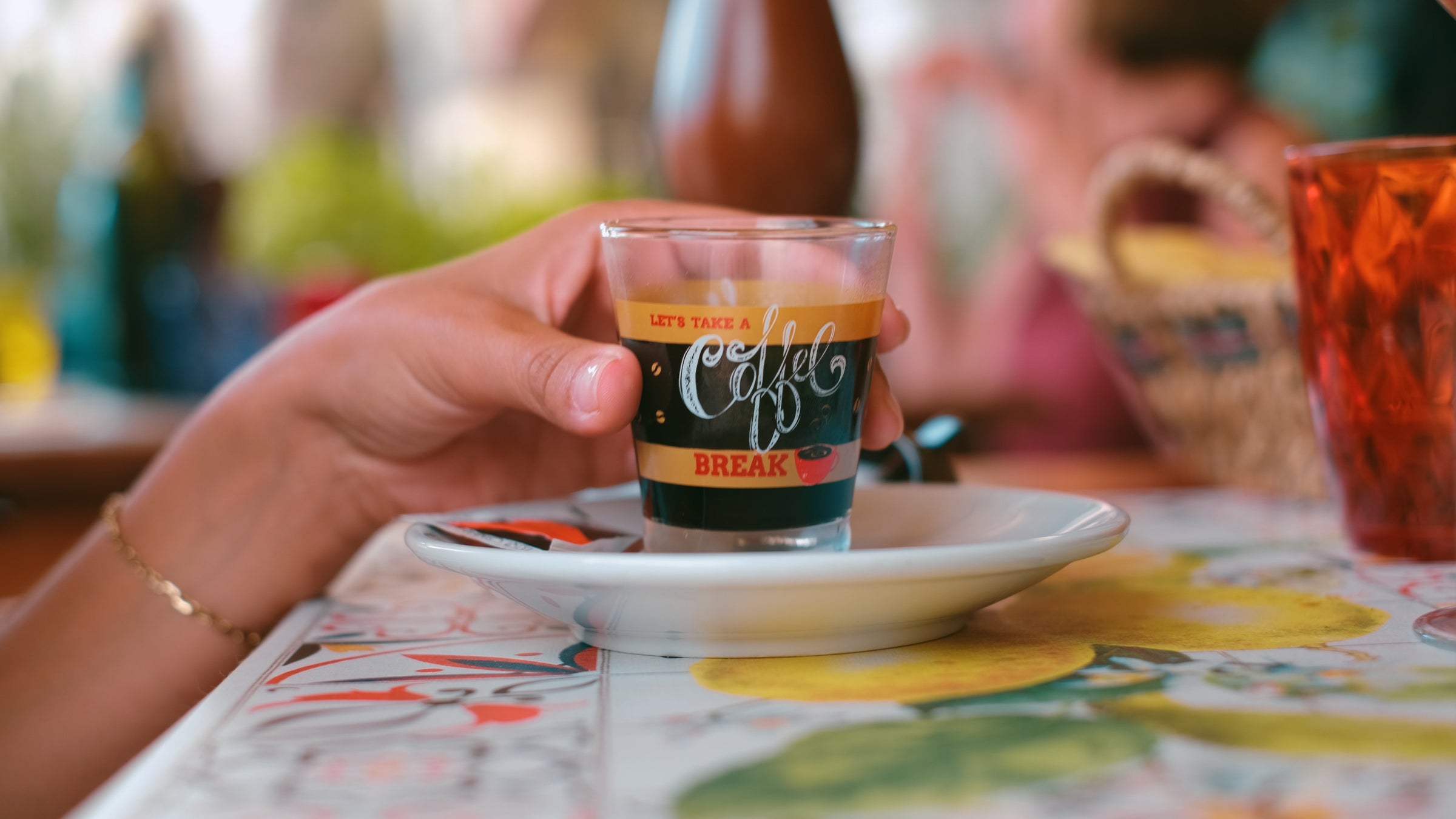
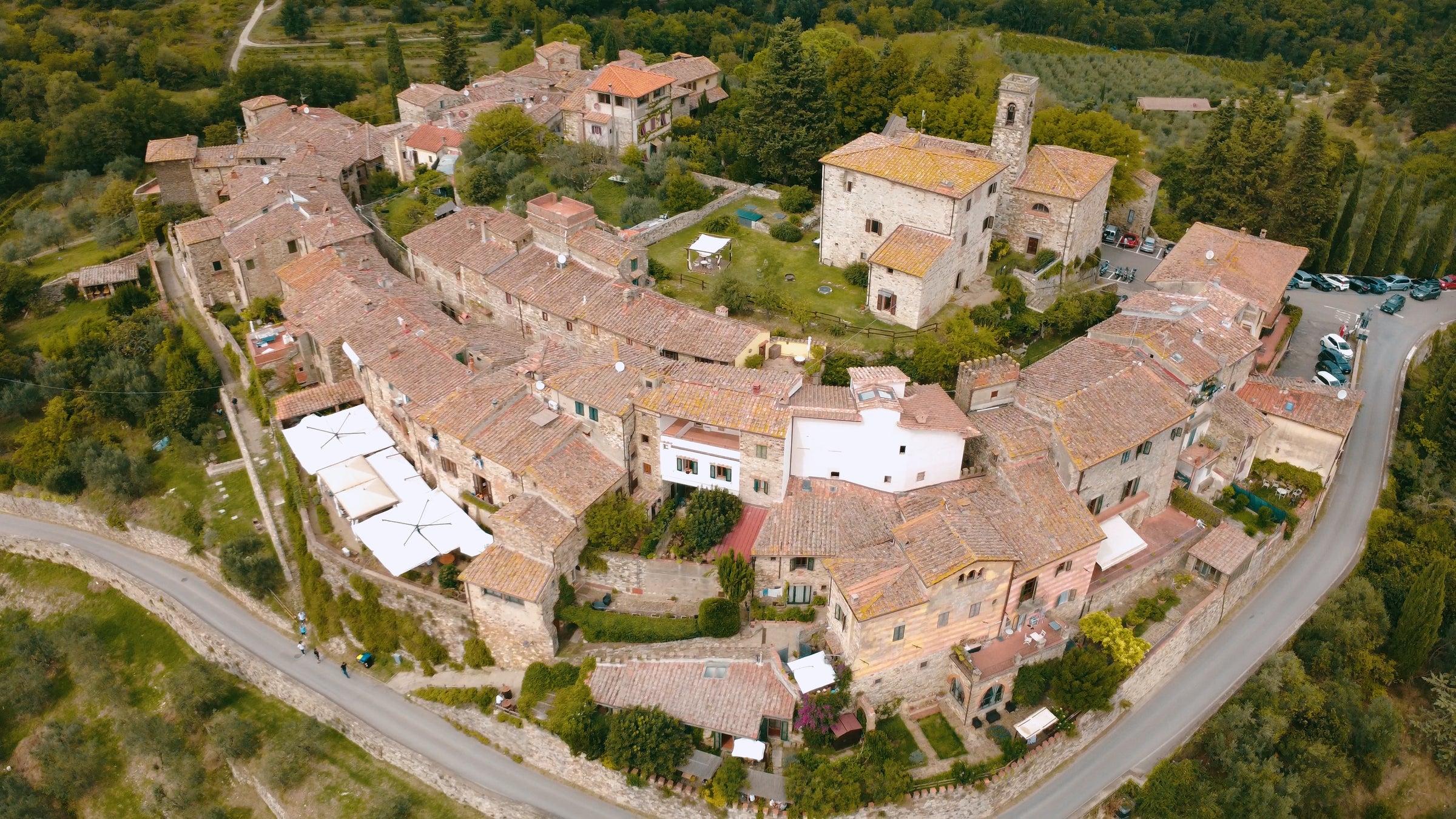
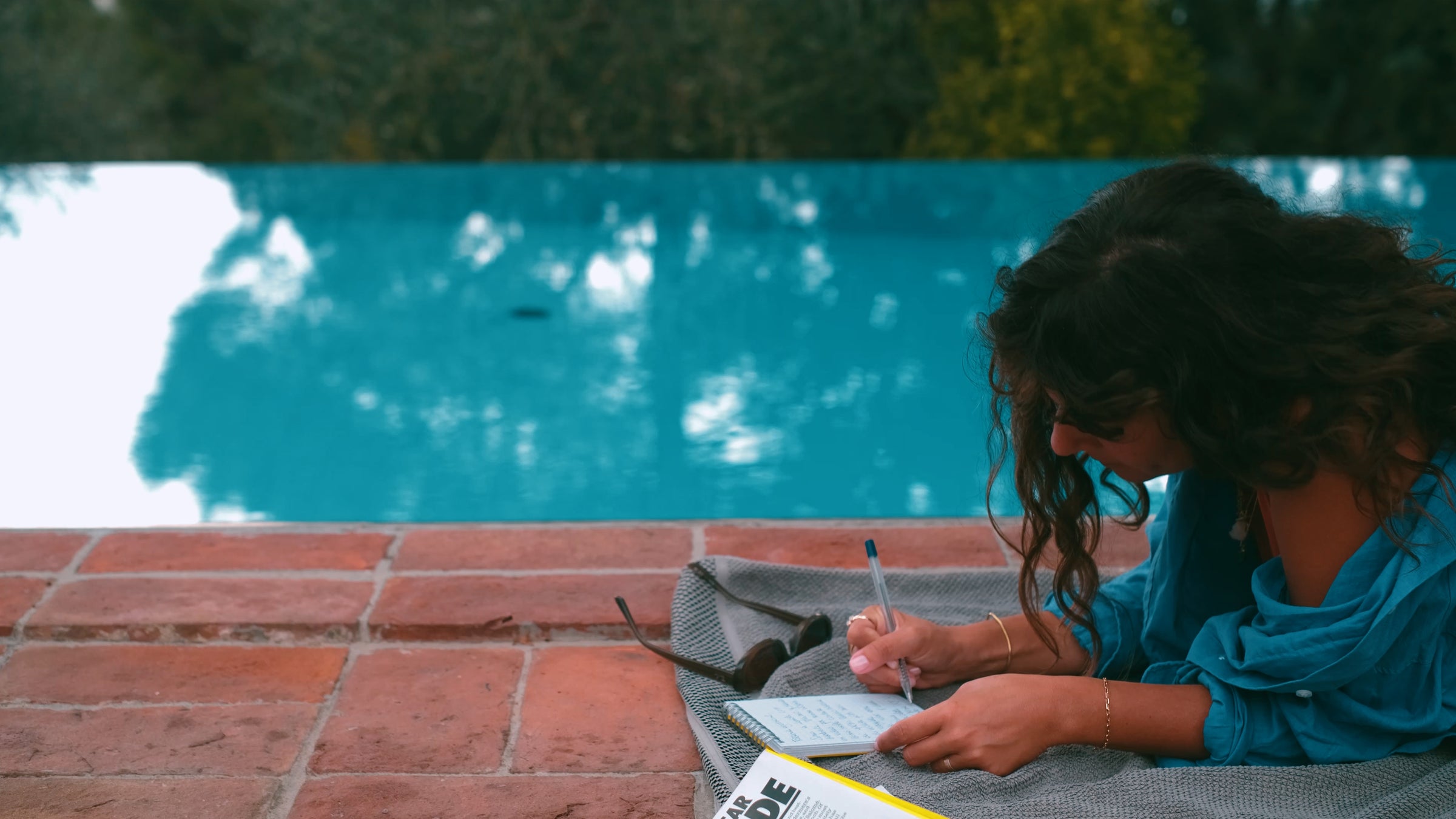
Day 3 – A Day with Nonna Laura
The third day belonged to Nonna Laura, at Il Querceto di Castellina. When I arrived at our meeting point in Castellina in Chianti, she greeted me with that practical warmth of someone who doesn’t waste time on small talk. Cooking with her wasn’t just about following recipes. It meant stepping into her everyday world, surrounded by the smell of dried herbs, her stories, and those little secrets that no cookbook will ever tell.
You can read the full story and the recipes we cooked together here.
If you’d like to live it yourself, you can book Nonna Laura’s Chianti Cooking Class
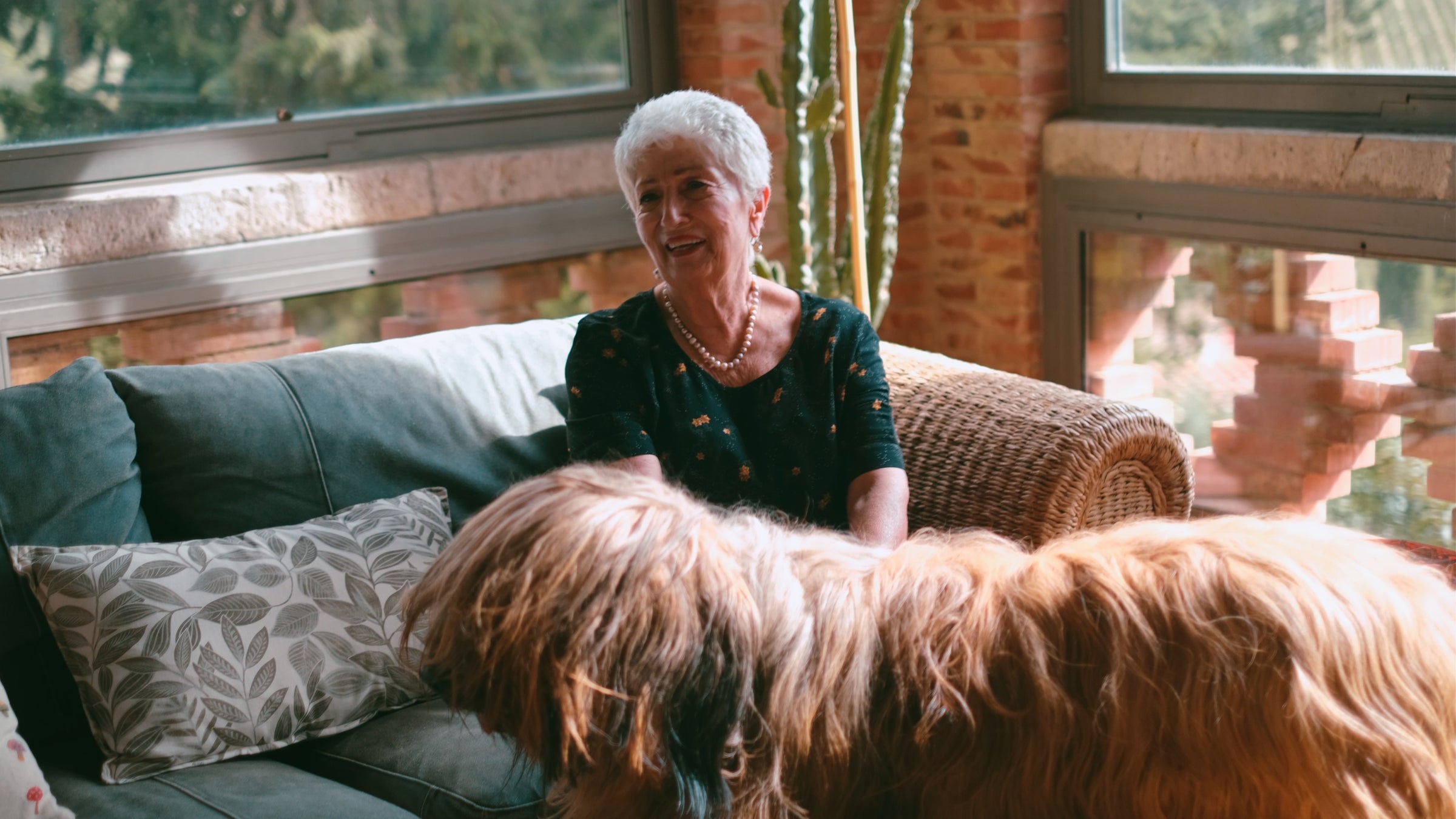
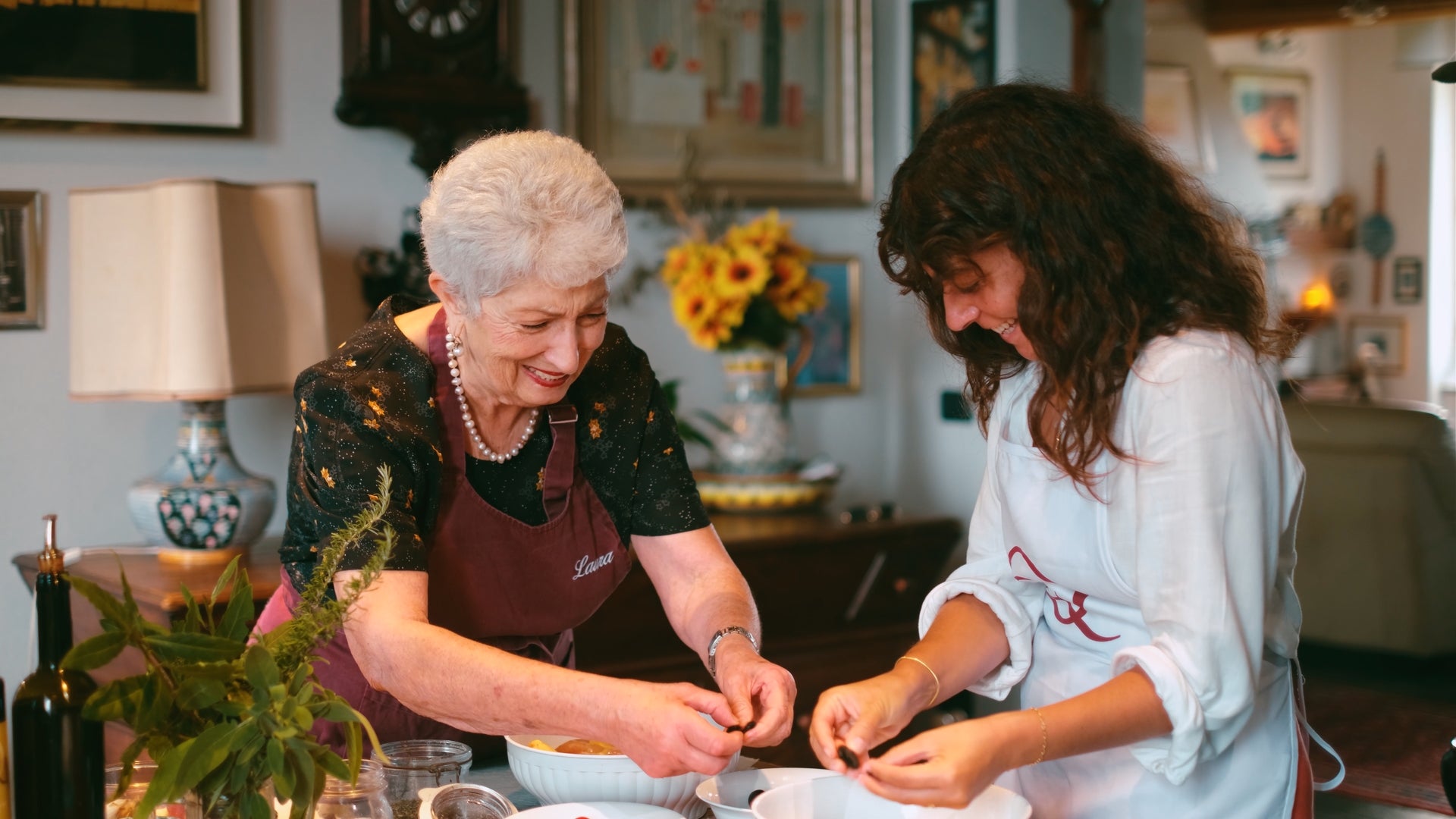
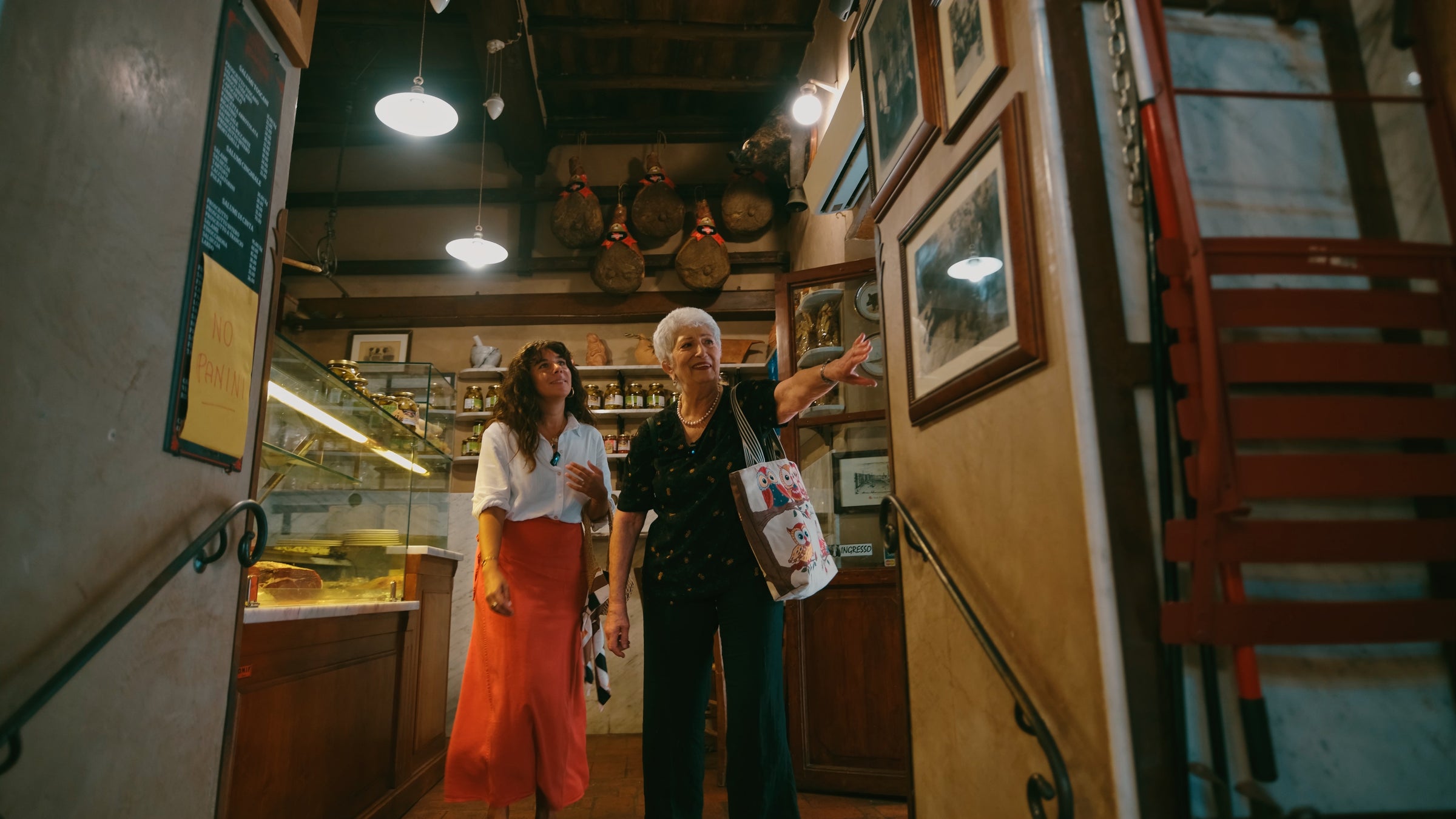
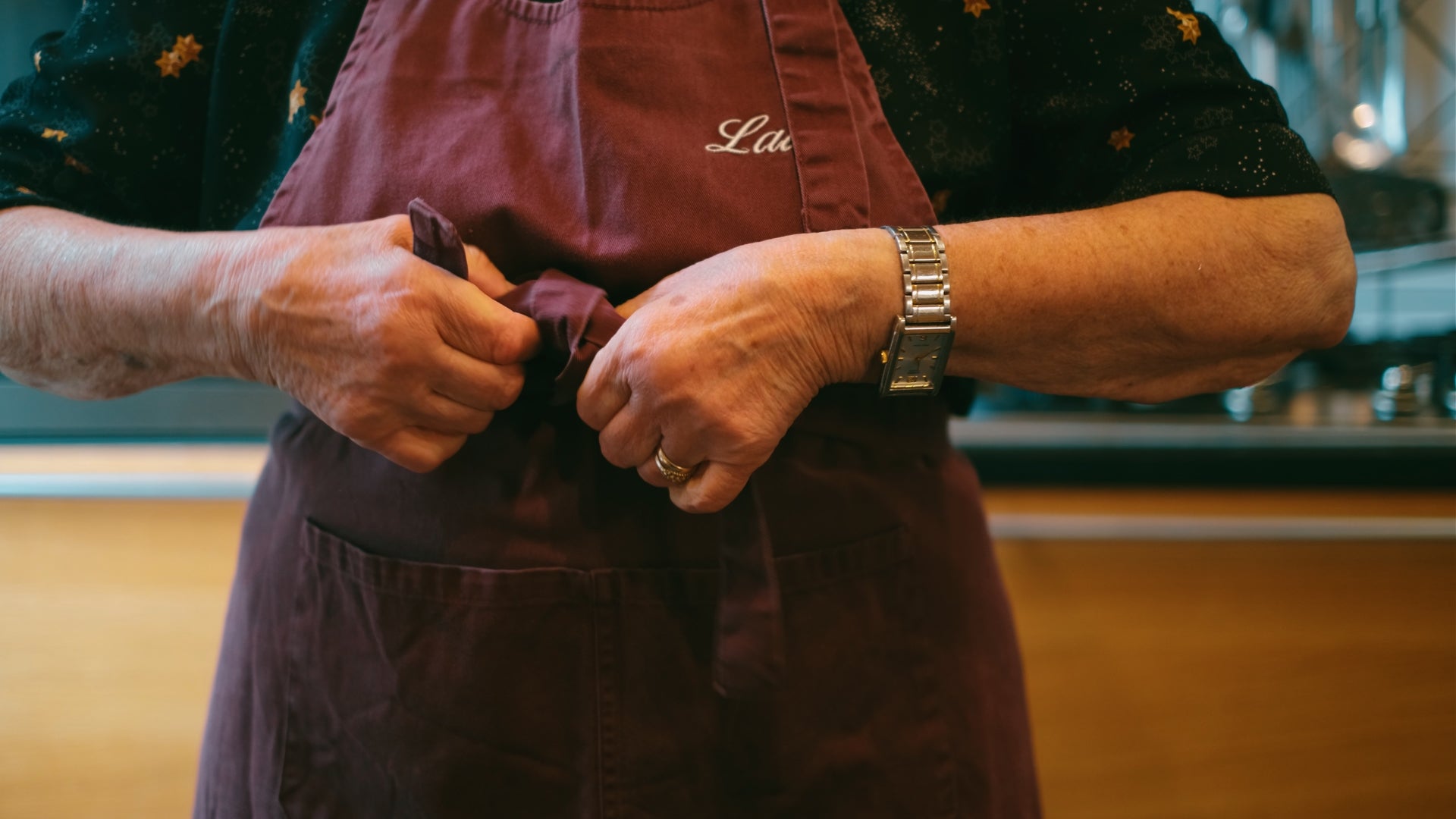
Day 4 – Clichés, Revisited
What’s the first thing that comes to mind when you think of Chianti, besides wine? The cypress trees, of course!
I’m not immune to clichés; I just like to revisit them in my own way. That day the sun had returned, so I set off without a plan, looking for the perfect road, the postcard one, with white gravel, cypress trees standing in line, and golden light filtering through their branches.
After a few wrong turns, I found it: long, uphill, every tree perfectly placed as if drawn by hand. One of those places that still take your breath away, no matter how many times you’ve seen them in photos. I won’t give away the exact location, discovery should stay part of the adventure. I’ll only say it lies somewhere along the provincial road from Castellina in Chianti to Monteriggioni.
That’s the beauty of travel: not arriving with coordinates, but following instinct. Maybe you’ll find an even better one along the way. And perhaps that way, we allow these places to remain untouched, rather than turning into backdrops for passing photos.
After that, I drove to Monteriggioni, a fortified village that from above looks like a perfect stone ring. It’s one of those places that seem made to be photographed: beautiful, cinematic, but inevitably touristy. Worth a walk, yes, but don’t linger too long. The landscapes beyond tell a truer story.
I wanted to end the day with something simple and personal, a moment that felt entirely mine. So I went back to Greve to shop locally and prepare an aperitivo among the vines.
A Tuscan picnic might sound predictable, but when you do it alone, in silence, it becomes something intimate.
I called it my kind of aperitivo, and if I were to write it as a recipe, it would go like this:
Ingredients:
– Freshly baked schiacciata toscana
– Thinly sliced prosciutto crudo
– A handful of olives — my favorite thing in the world
– A good aged pecorino cheese
– A few ripe cherry tomatoes
– One glass of Gratsi red wine
Accessories
– A checkered tablecloth spread on the grass
– A wicker basket
– A baker’s paper bag, turned into a makeshift breadbasket
– A colorful dress
– Bare feet — because some scenes should be lived without filters
I set everything between the vines as the sun went down and the world turned gold.
I like doing things well, taking care of details, turning moments into small cinematic scenes, but only for myself. And there, with the wind moving through the vines and the smell of bread in the air, Chianti was exactly as I had imagined it.
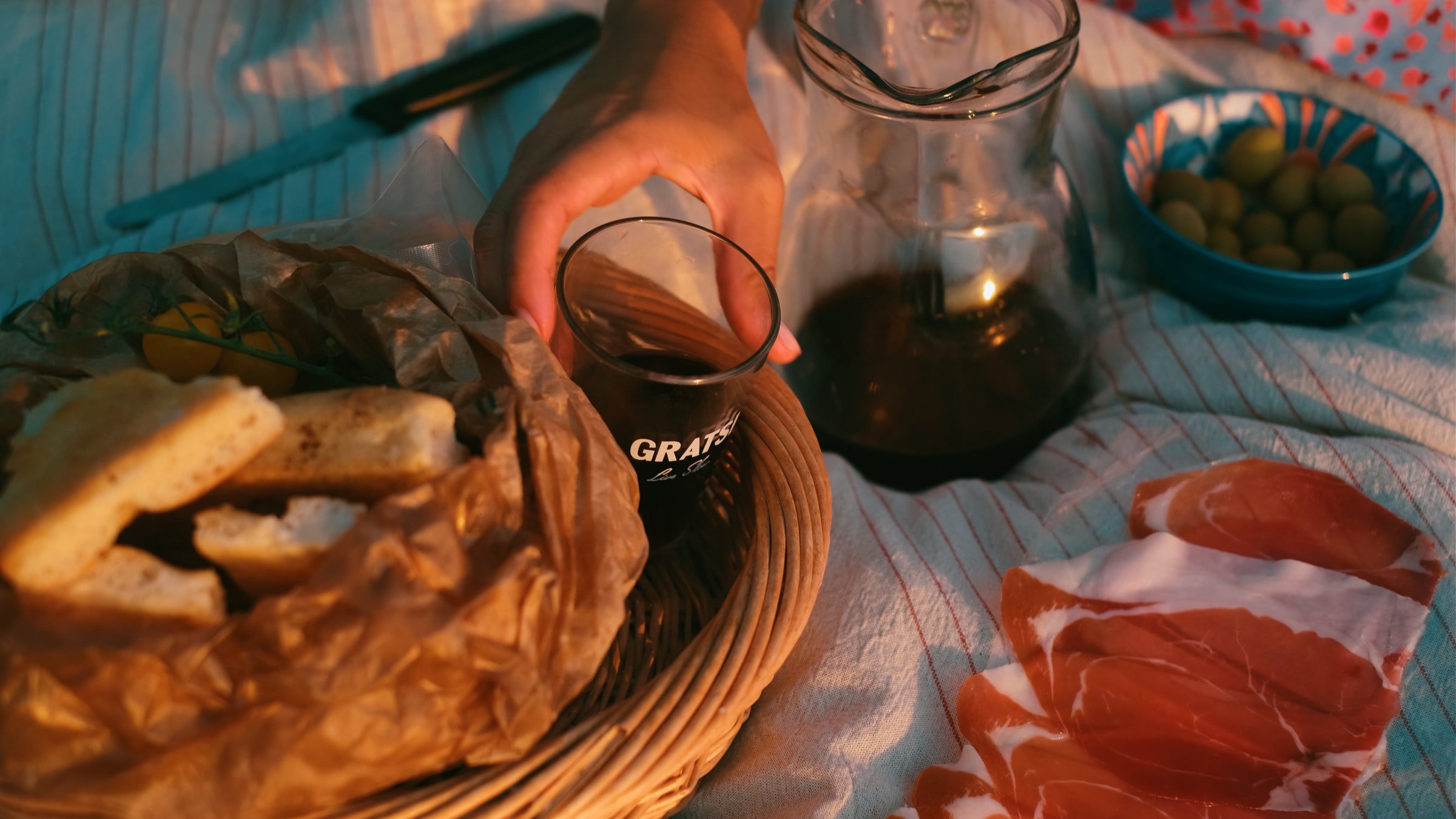
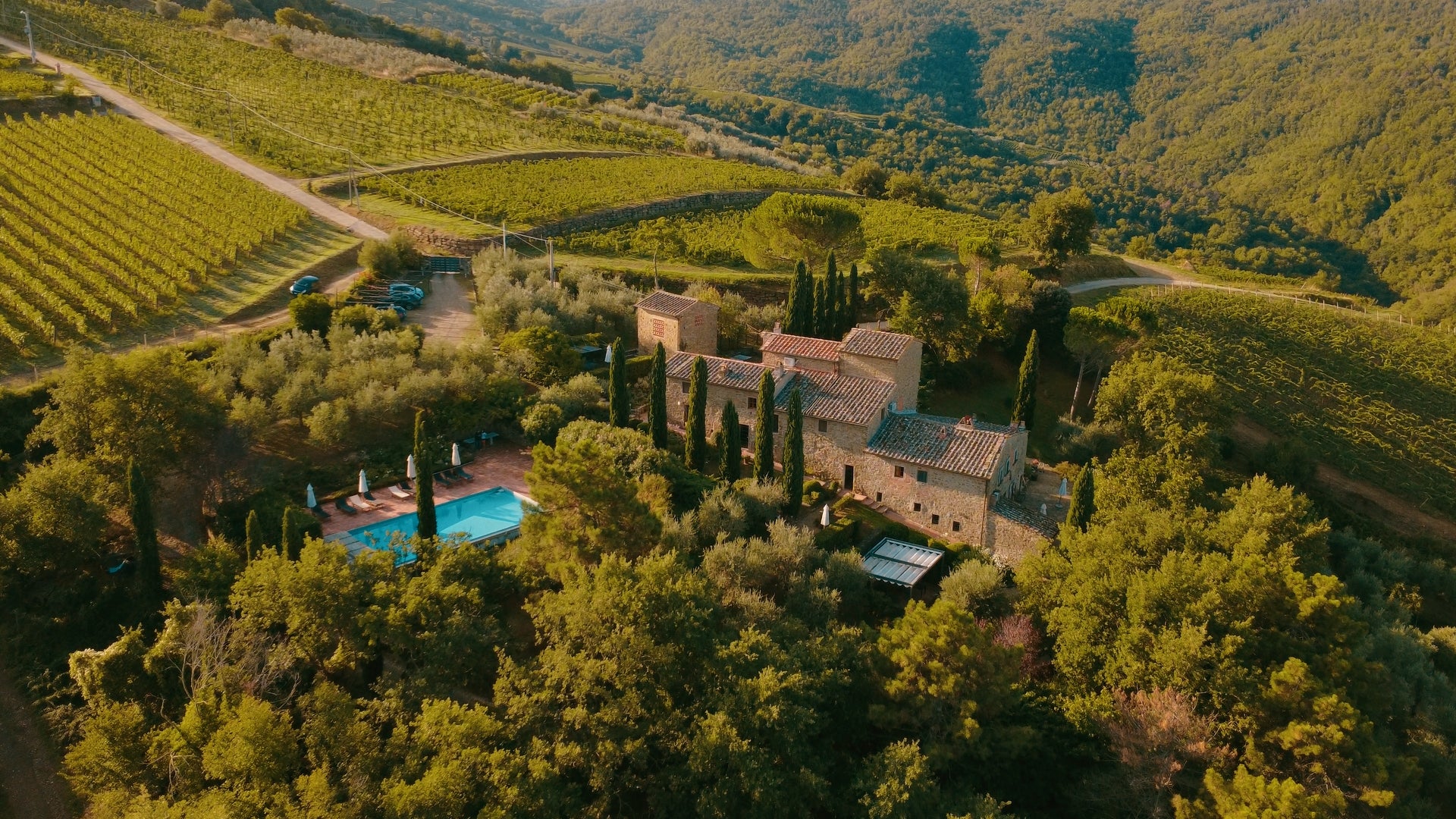
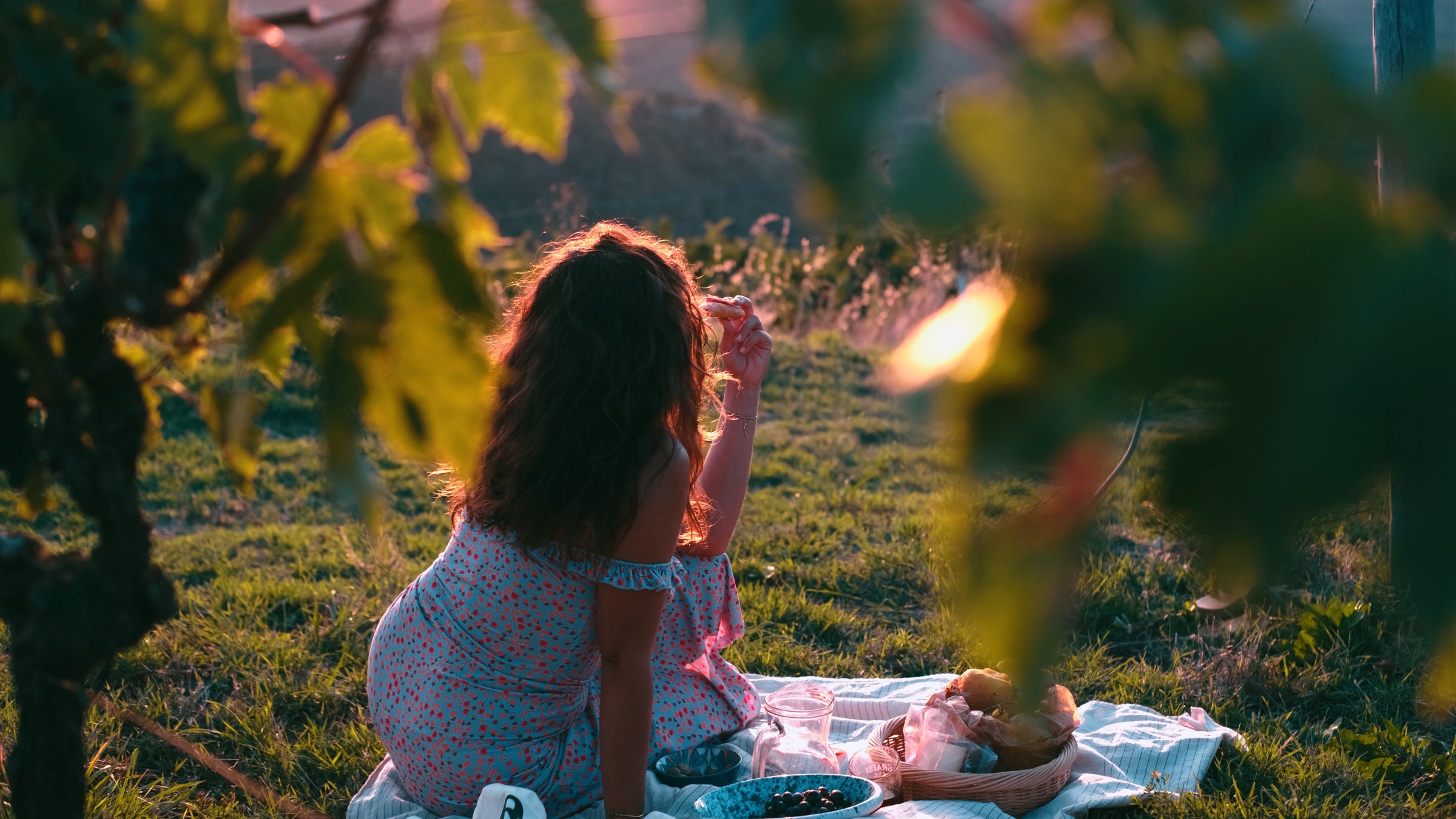
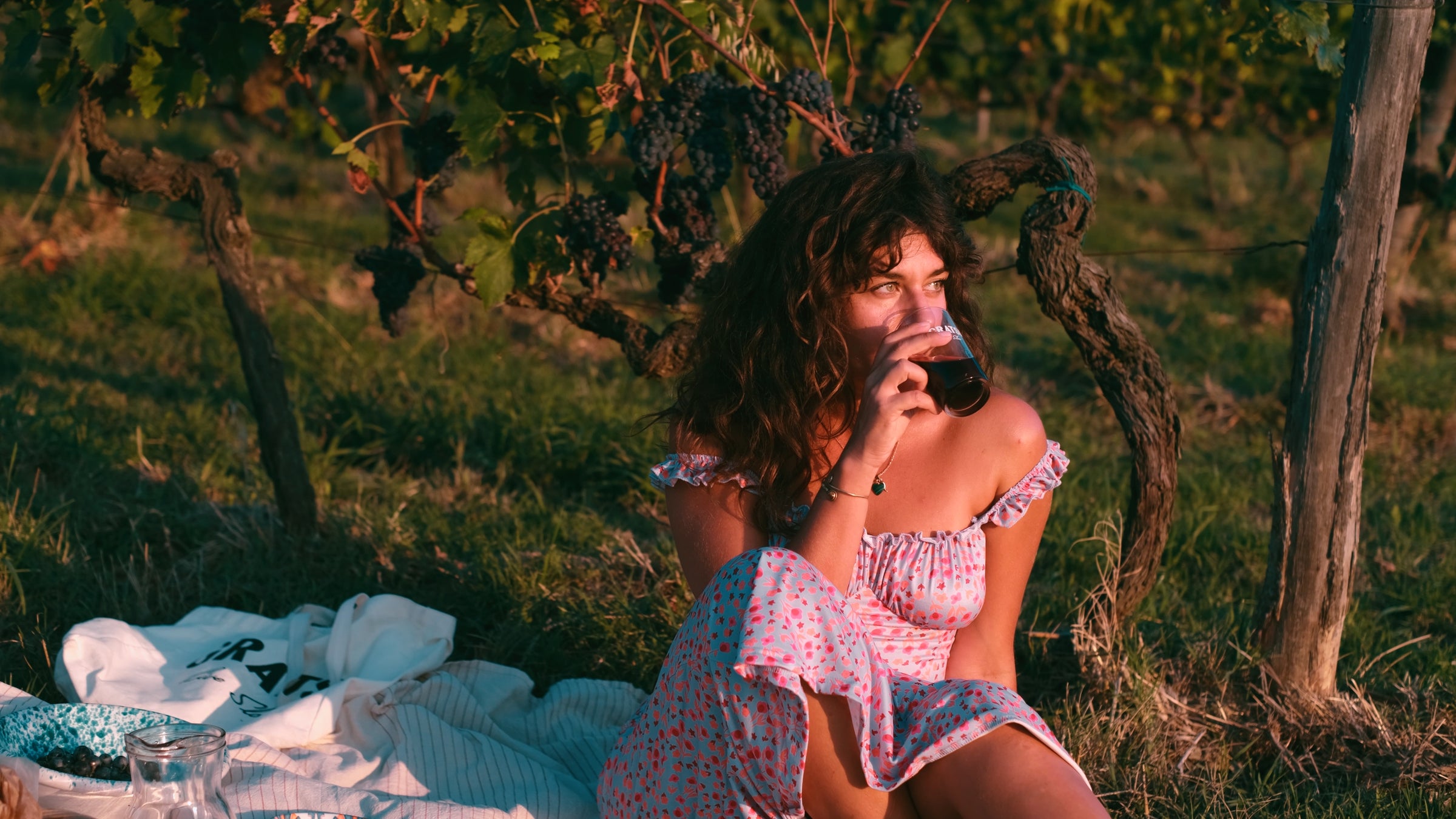
Day 5 – The People of Chianti
The fifth day was about people. After days spent among vineyards and hill roads, I realized that Chianti’s real story isn’t told only by its landscapes but also by those who live there.
In the morning I drove aimlessly until I reached Panzano in Chianti, where I stumbled upon a small grocery shop straight out of another time. The sign read “Forno a legna, specialità toscane, cantucci”. It belonged to Francesca, always smiling, and Andrea, a man who has done a little of everything—running a club, cooking, crafting. Inside there were three shelves: pasta, biscuits, and preserves. Two fridges with fresh milk and cheese. And a smell of bread that could make anyone stay longer than planned. Francesca and Andrea have that genuine warmth that makes you feel part of their routine, not just a passerby.
From there, I ended up almost by chance in the courtyard of Sassolini Vinaria, a place impossible to define simply as a restaurant. It’s a small universe of art, design, and food, created by Romina and Lorenzo, a couple who turned an old courtyard into a world where every dish, every plate, and every flower tells a story. Time moves differently here. Between courses you notice ceramics, furniture details, and flowers chosen as if to speak to the food itself. There’s a beautiful imperfection, a natural harmony that can’t be planned.
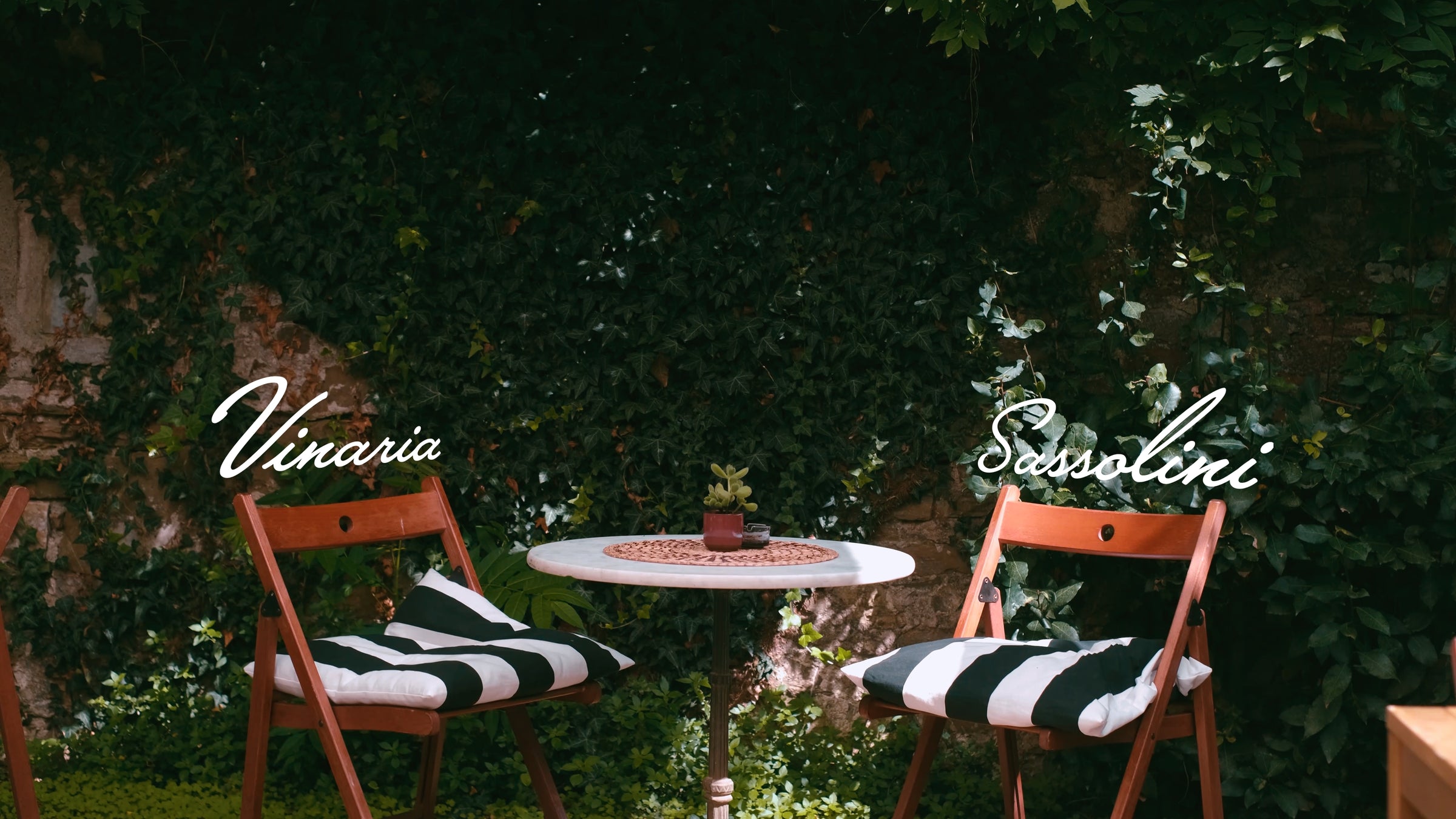
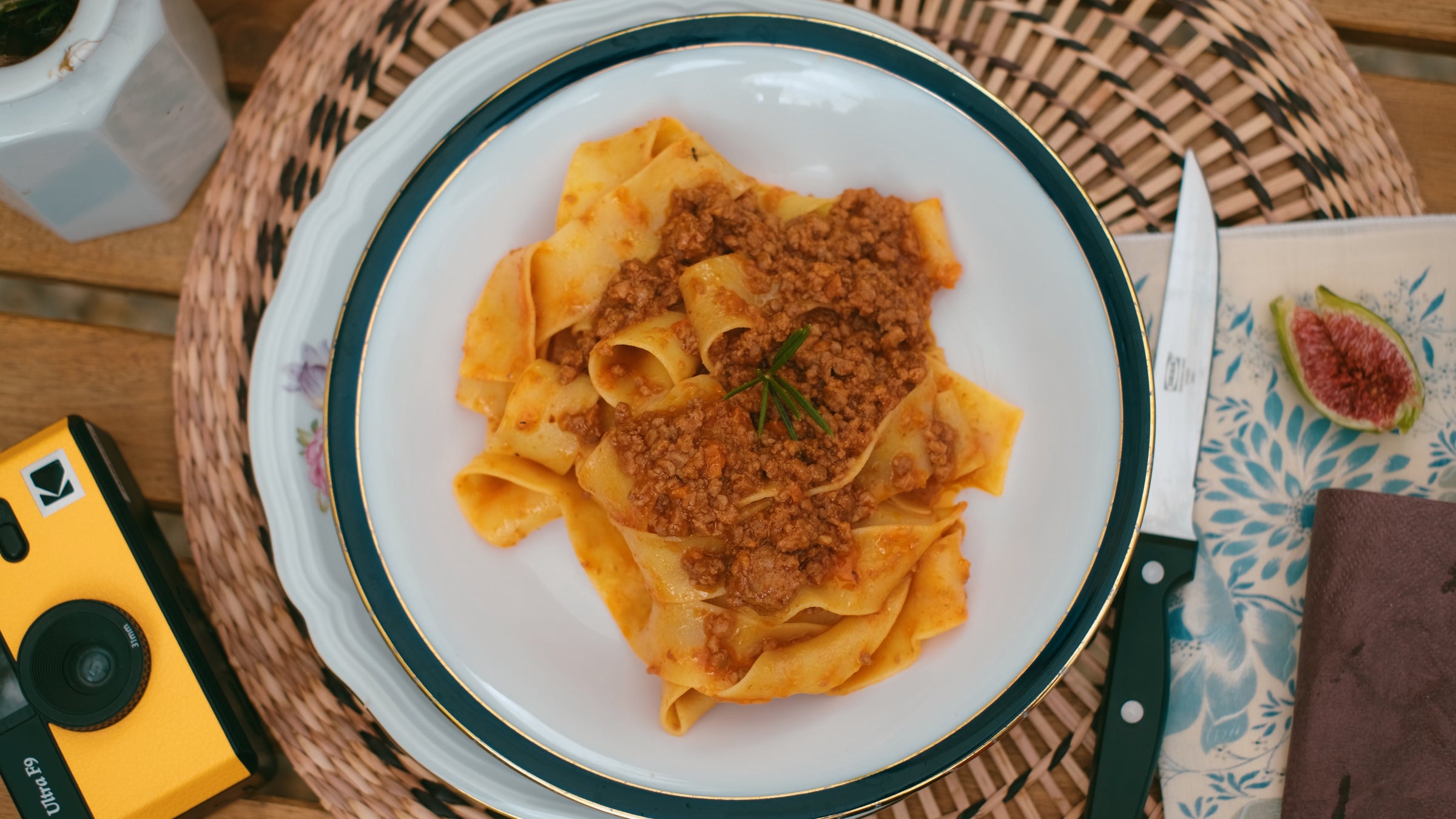
Even if the food were bad, I would still speak fondly of Sassolini Vinaria—but it isn’t. It’s wonderful.
The cook serves each dish with the quiet joy of someone who loves what they do, and every bite proves that attention here is not about appearance but substance.
After lunch, Romina introduced me to Alfonso, Lorenzo’s father, one of the most fascinating people I met on this trip. A former psychoanalyst, he lives in a home that feels like a private museum. In his house, history never really ended; it just found new rooms to inhabit. Each space holds something: ceramics, old books, hunting trophies, miniatures, photographs. Every object has a story, and he tells them all with the calm precision of someone who has spent a lifetime listening. He told me, “I love this house because it’s unique.” And it truly is.
The day ended at Fonderia del Giudice Leonardo, where siblings Sara and Giacomo continue their family’s bronze-casting tradition with contagious passion.
I went there on Boris’s suggestion, the sculptor I met my first night at Lamole. “If you want to understand this place,” he said, “go meet them.” So I went, looking for stories, hands that still create, and traditions that endure.
Sara and Giacomo talk about their craft with a serene intensity. For them, the foundry is not just work, it’s community. Artists, friends, and locals stop by for coffee, a chat, or to lend a hand. Sara moved me deeply. She spoke with quiet conviction, each phrase revealing a piece of herself. At one point she said, “I don’t care about having a Ferrari. I care about doing our work well and passing something on to people.” Then she told me a story that explained it perfectly.
A few years ago, the foundry created a bronze sculpture for a roundabout in town, a farmer scattering grain. The idea came from two locals who wanted to honor their land’s labor. The whole village raised the money together, and Sara and Giacomo offered to make it happen.
During those months, the foundry became a gathering place. People would stop by to watch the sculpture grow, to talk, to feel part of something shared.
When Sara told the story, her eyes shone with that rare sweetness that belongs to people who put love into their work and let it speak for them. That night, I was truly happy. And when I’m happy, I always say the same thing, a phrase that has become almost a personal tradition.
That day, I said it at least three times: “Today is the most beautiful day of my life.”
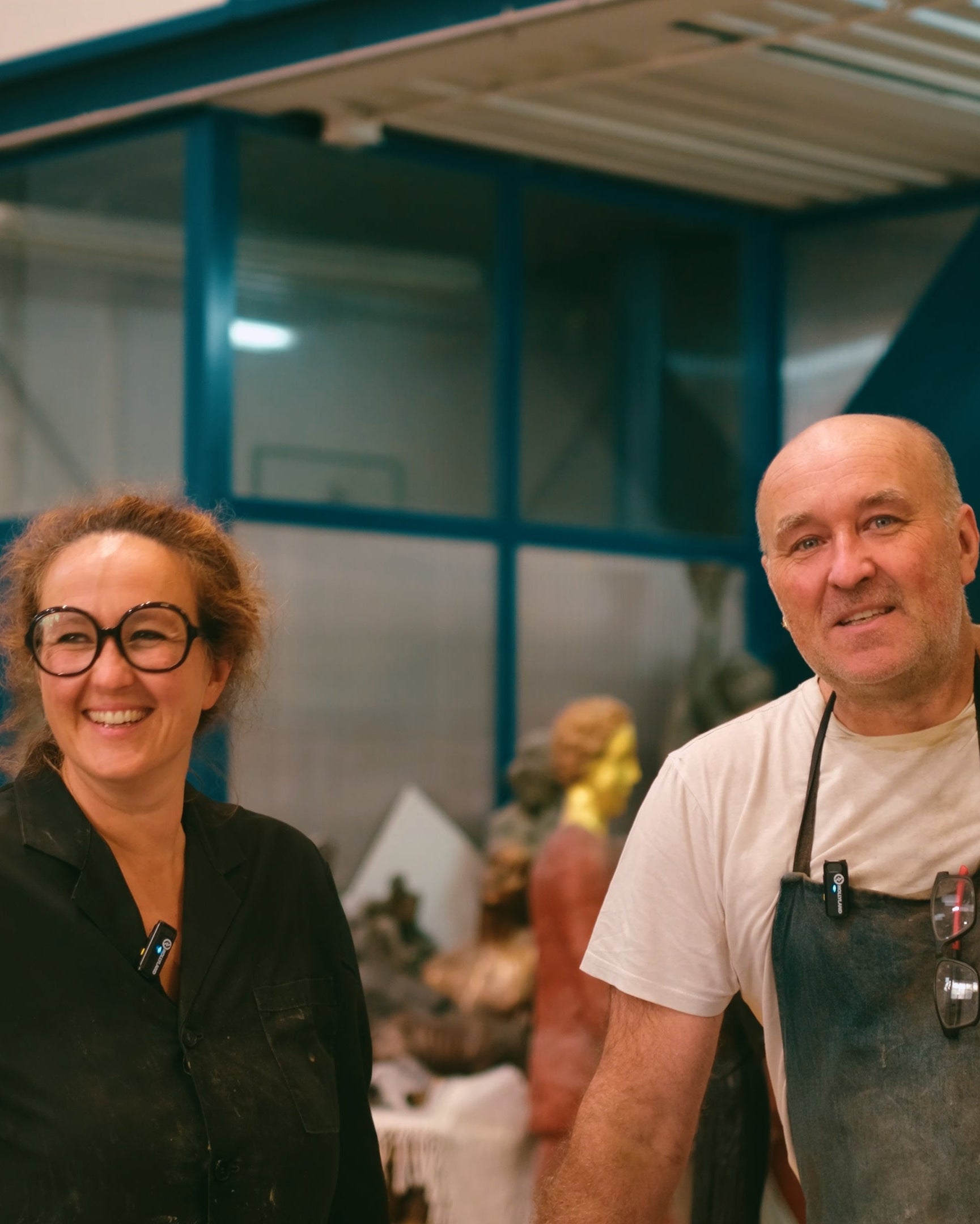
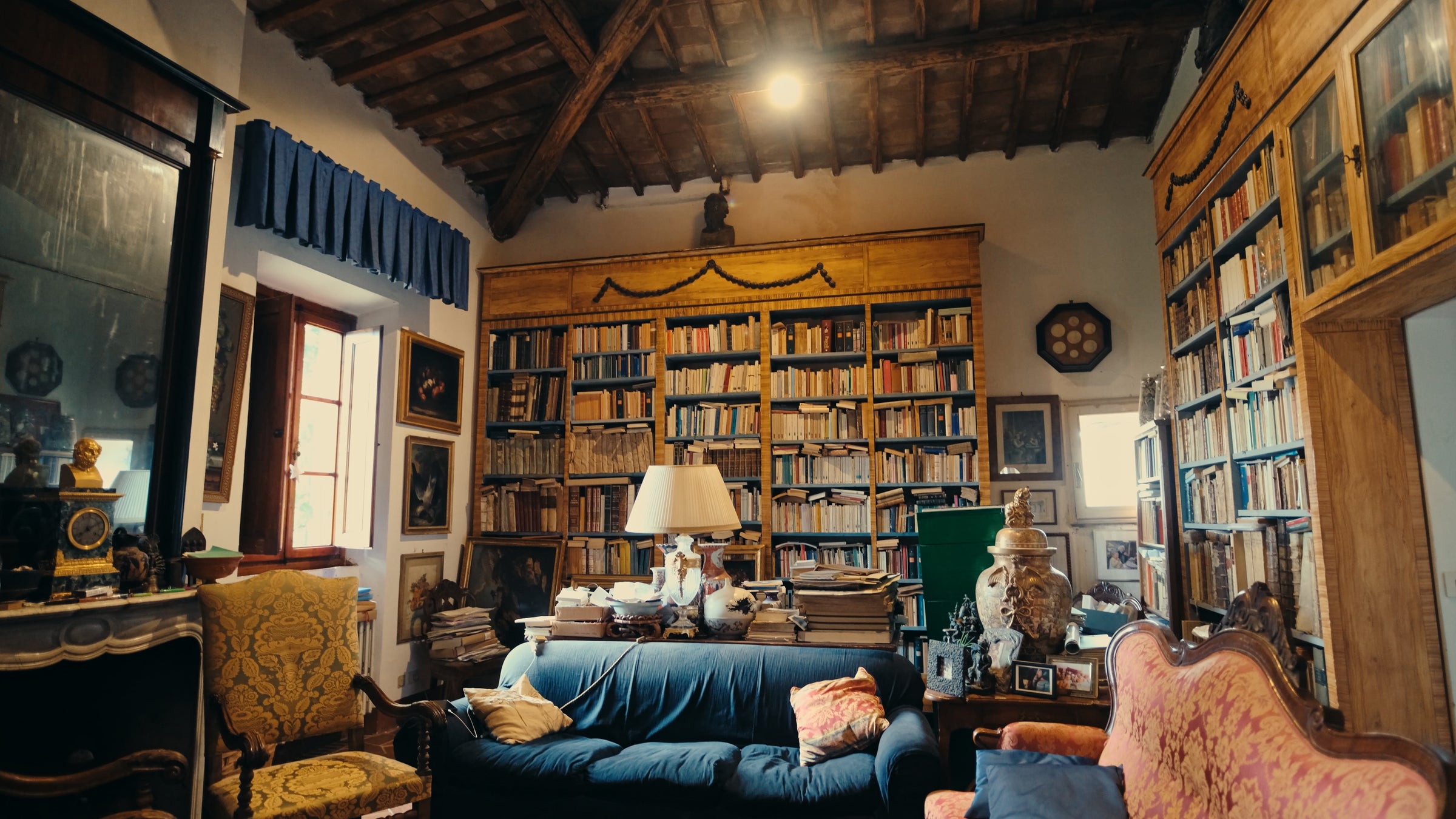
Day 6 – A Bicycle, a Dream, and One Last Ride
I wanted my last day to be a small dream: to return to the cypress road I’d found earlier, but this time on a bicycle.
In Greve in Chianti, at Officina Ramuzzi, I met Guido and Beatrice, two kind and perceptive people who immediately understood what I was looking for.
I didn’t want just any bike. I wanted a vintage one, the kind that makes you feel as if you’ve stepped into a film. They helped me find it, fix it, load it into the car, and bring it back to the road. I wanted a cinematic moment, but without an audience. Just me, the bike, and the gravel road.
Pedaling along that white path between cypresses, with sunlight filtering through the branches and wind in my shirt, felt like closing a circle. Every journey needs a final image, and this one was perfect. I drove back home feeling at peace, in tune with the rhythm of things: slow, real, balanced.
Chianti may seem like a cliché, but only if you live it as a spectator.
If you move through it with curiosity, you realize that behind every postcard there’s a story, and behind every cypress-lined road there’s someone who walks it every day. And then you understand that clichés can be true, it just depends on how you live them.
